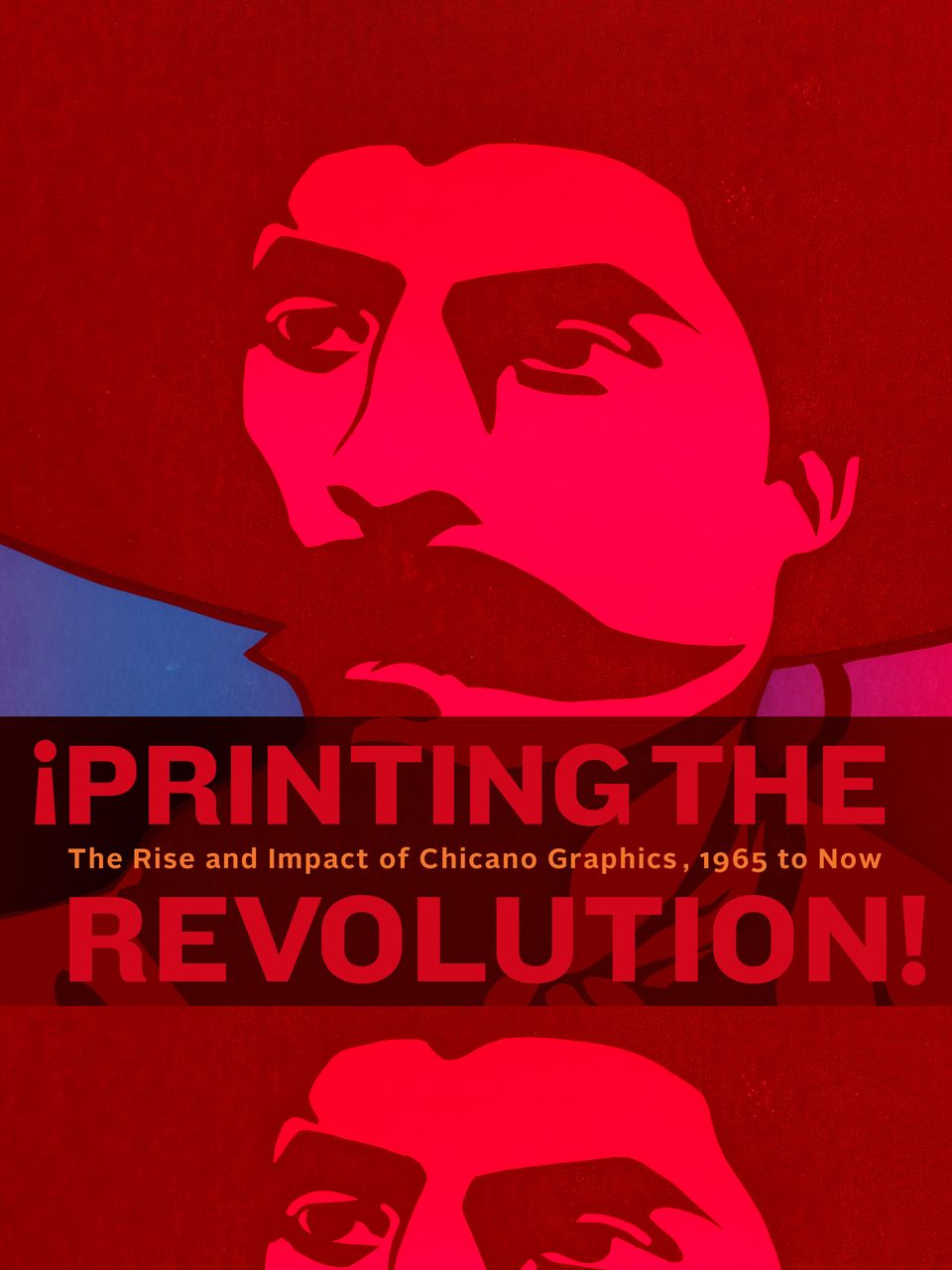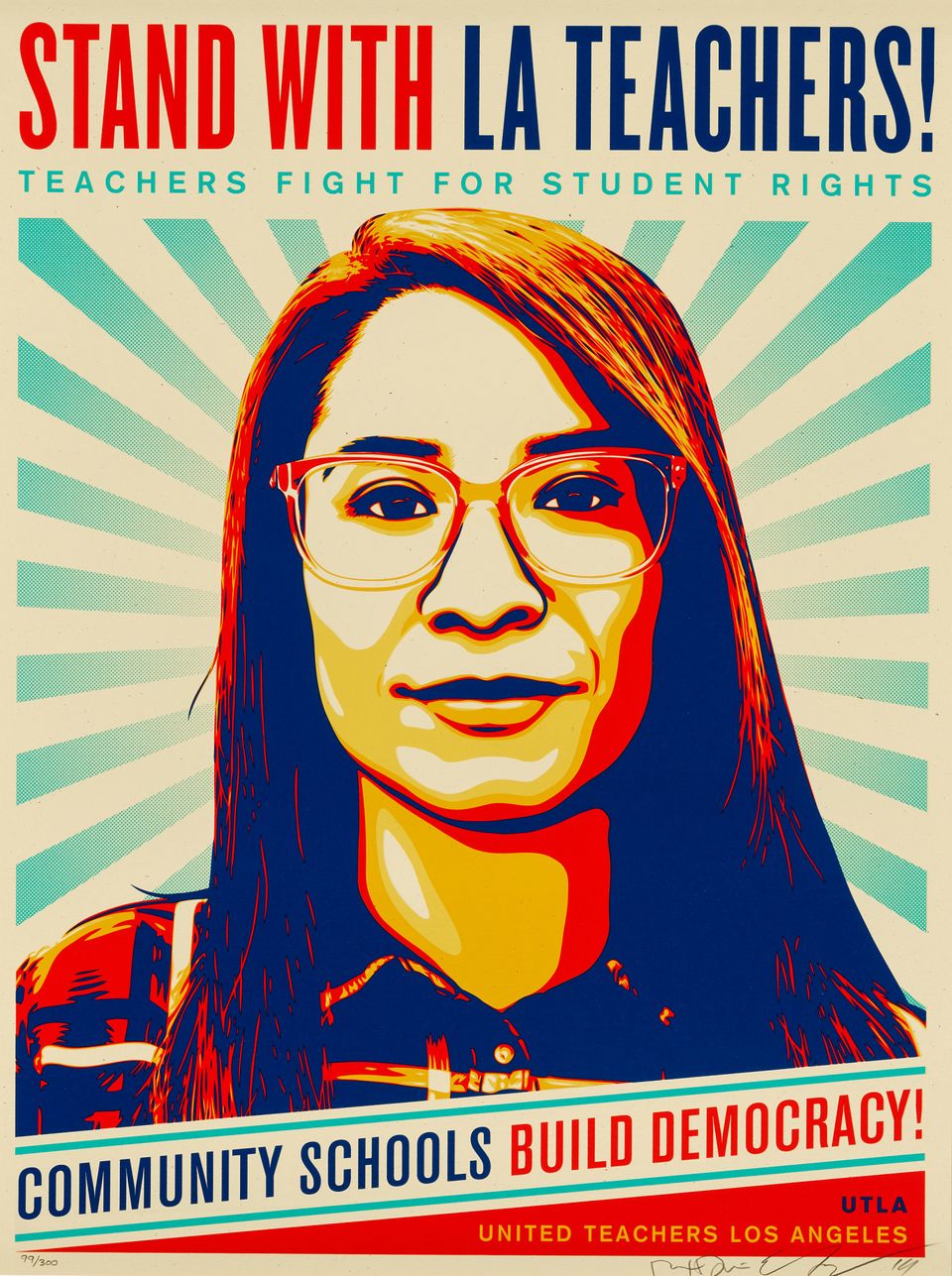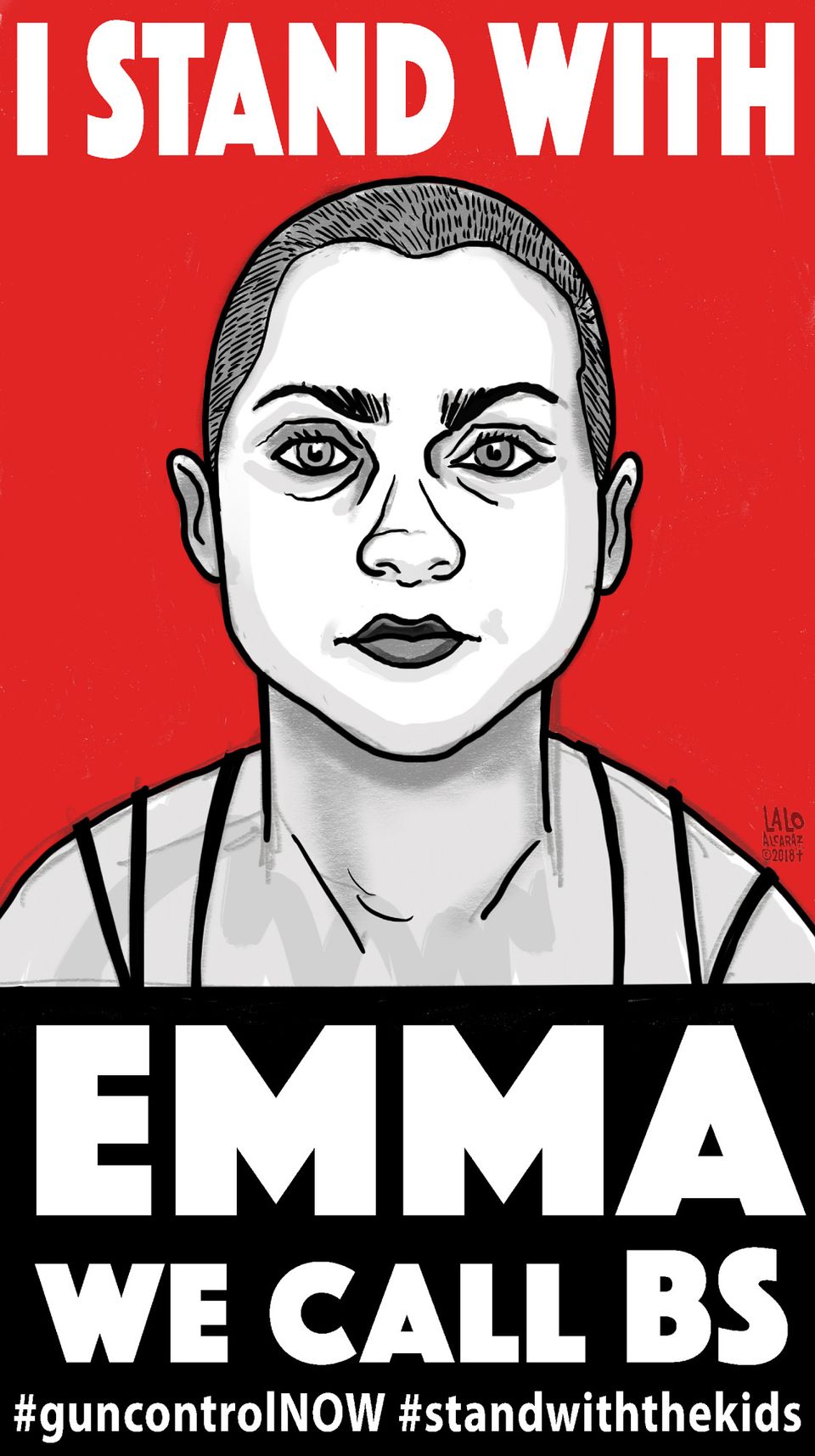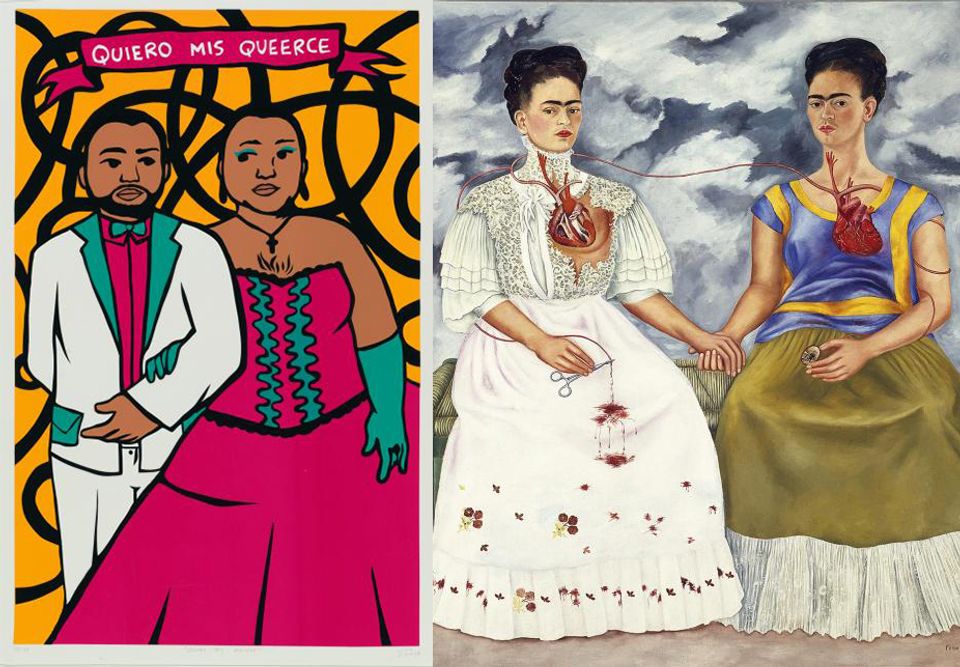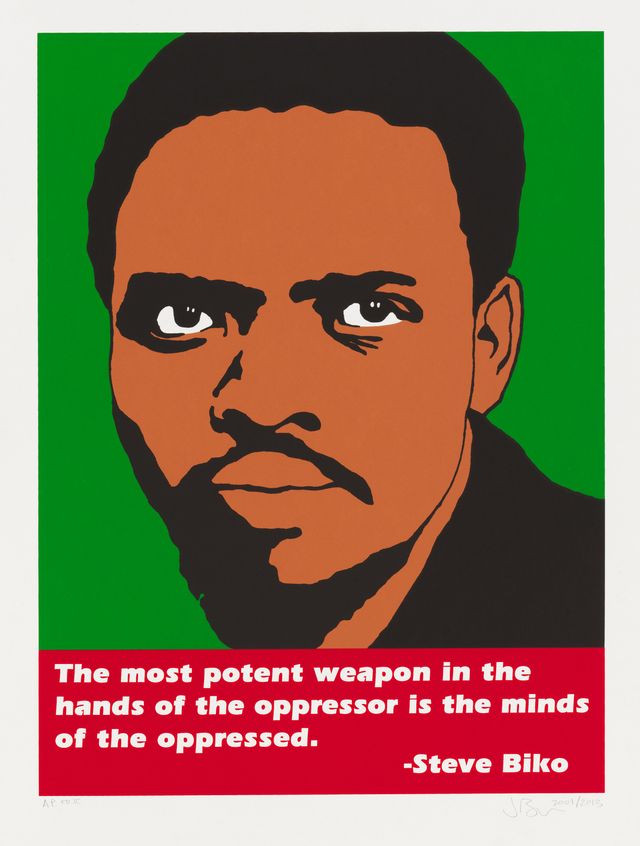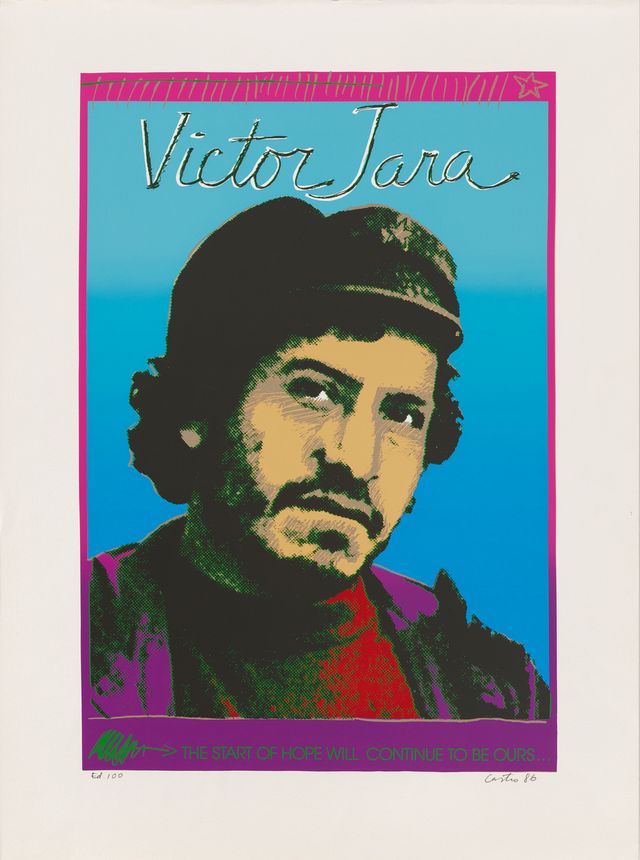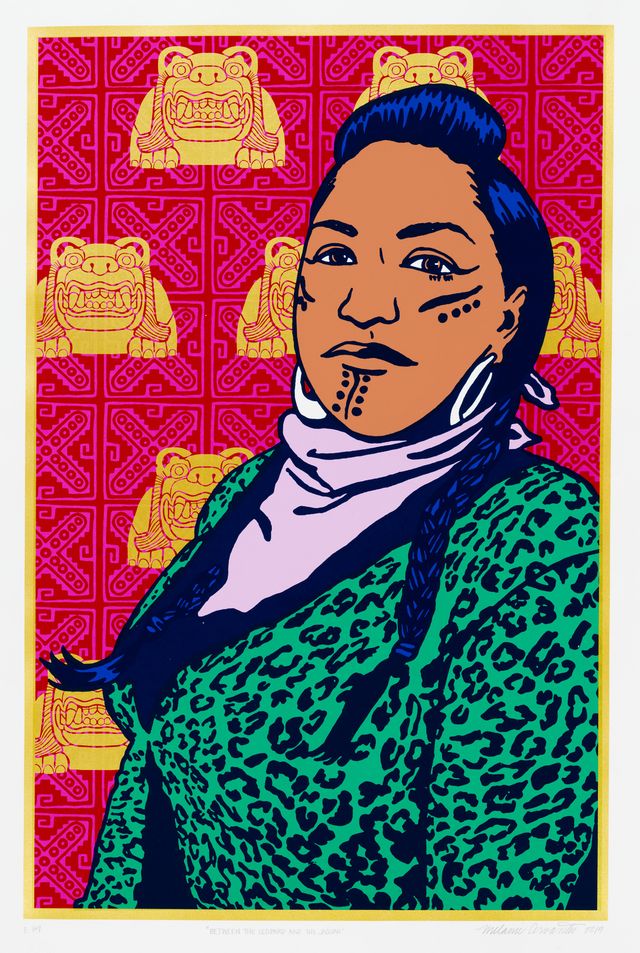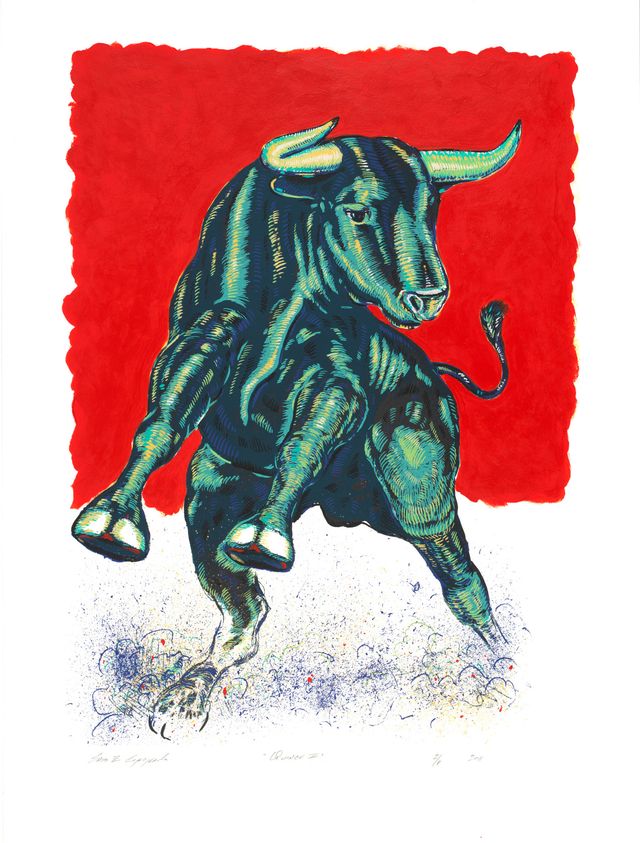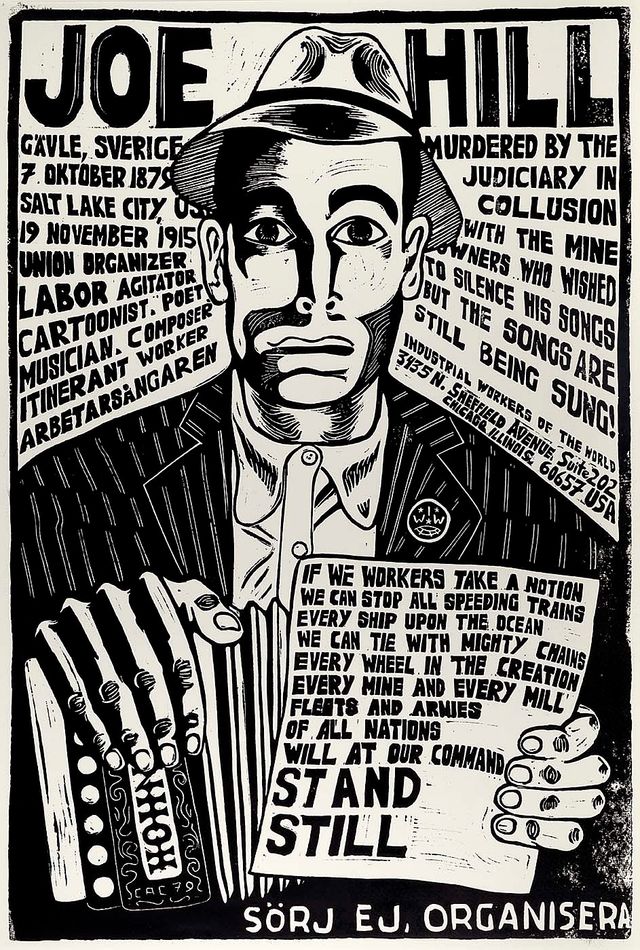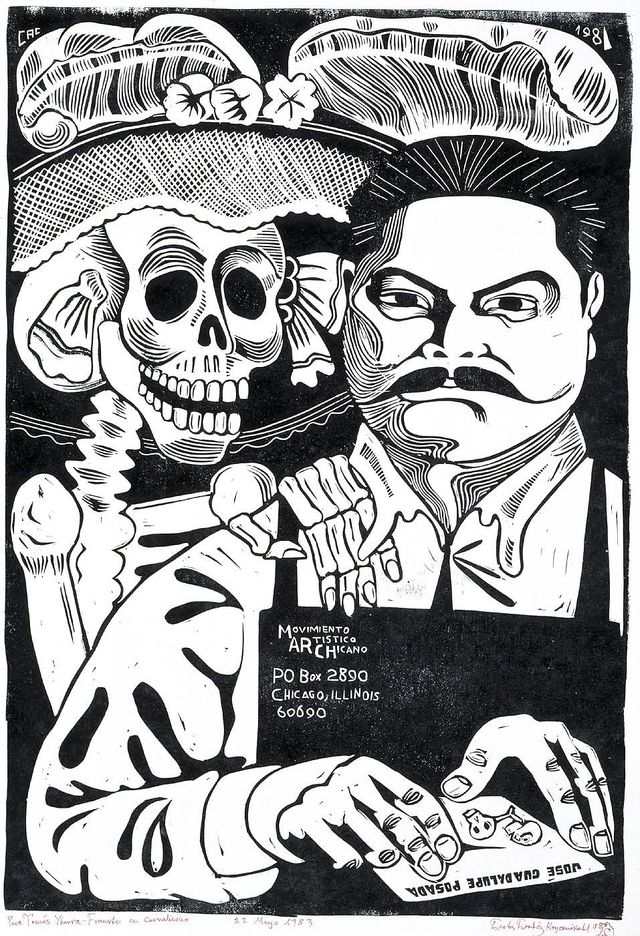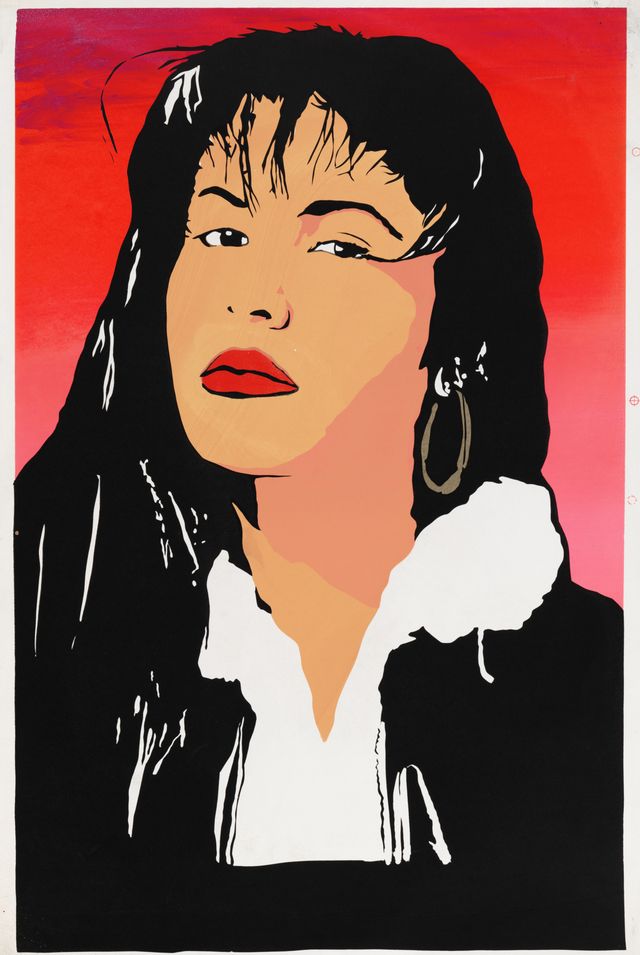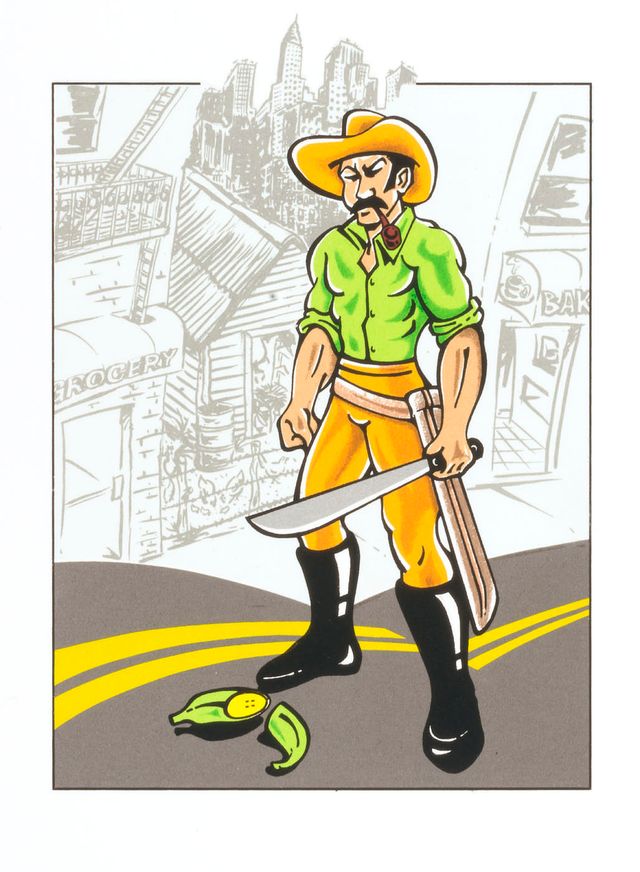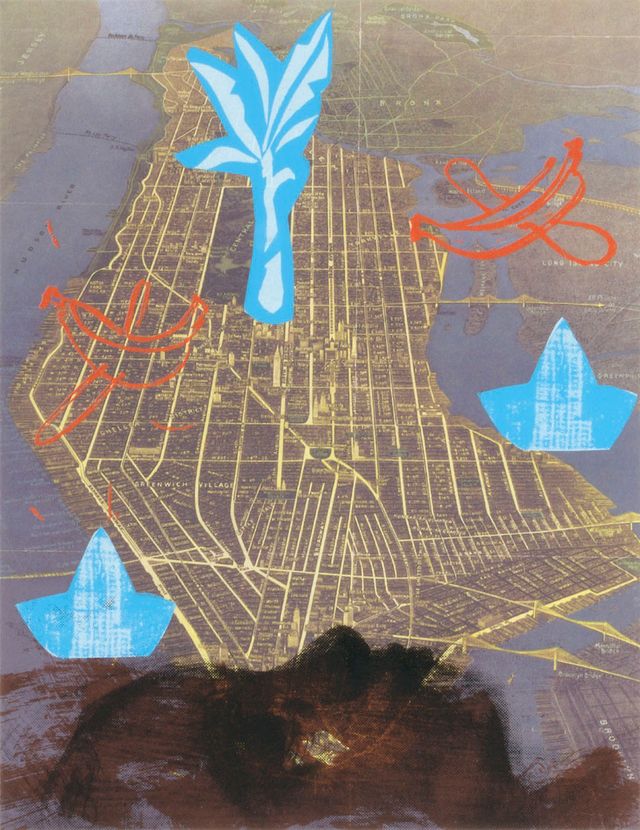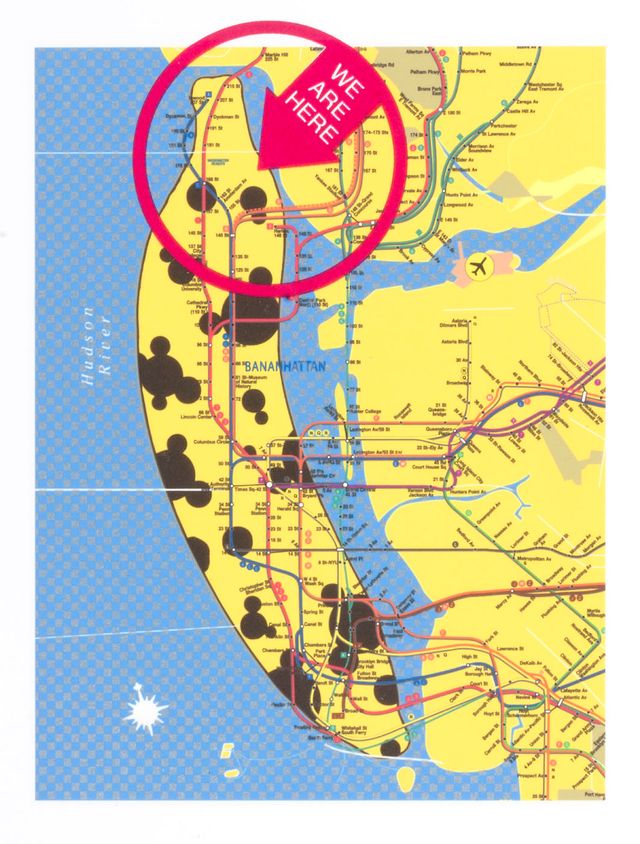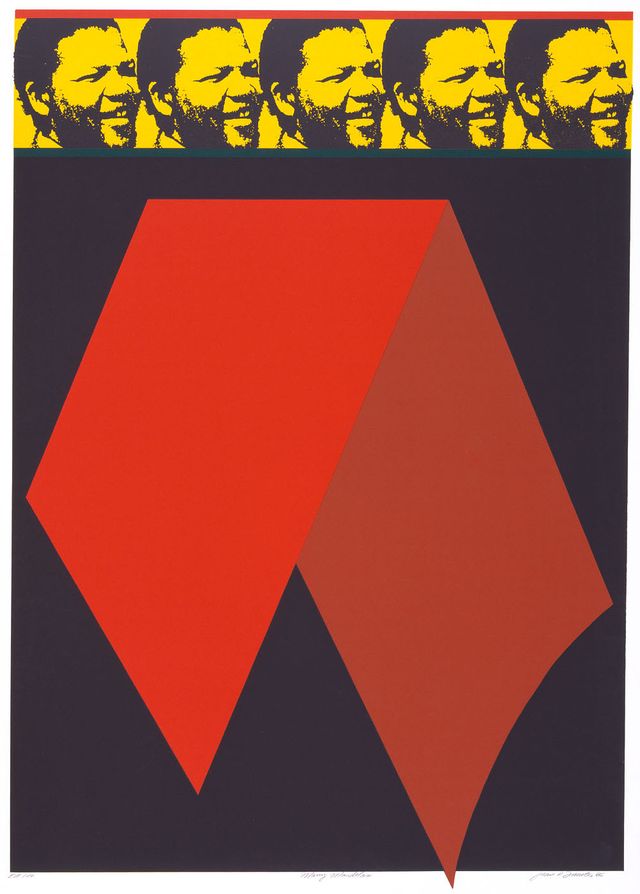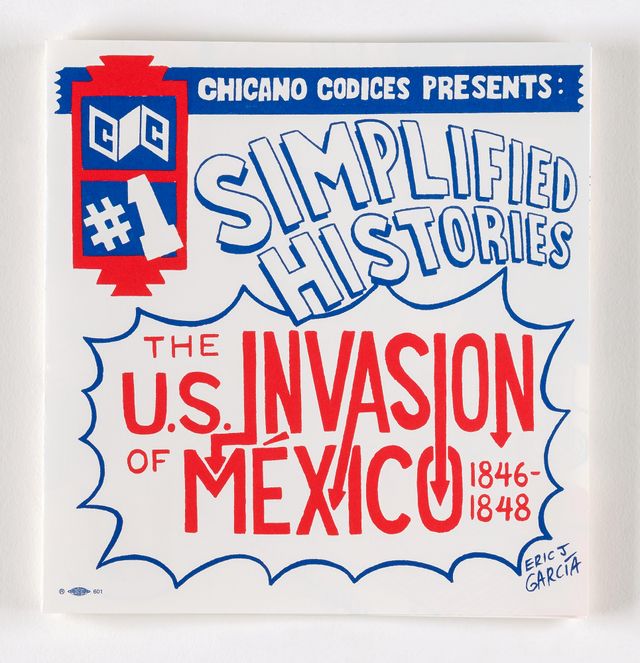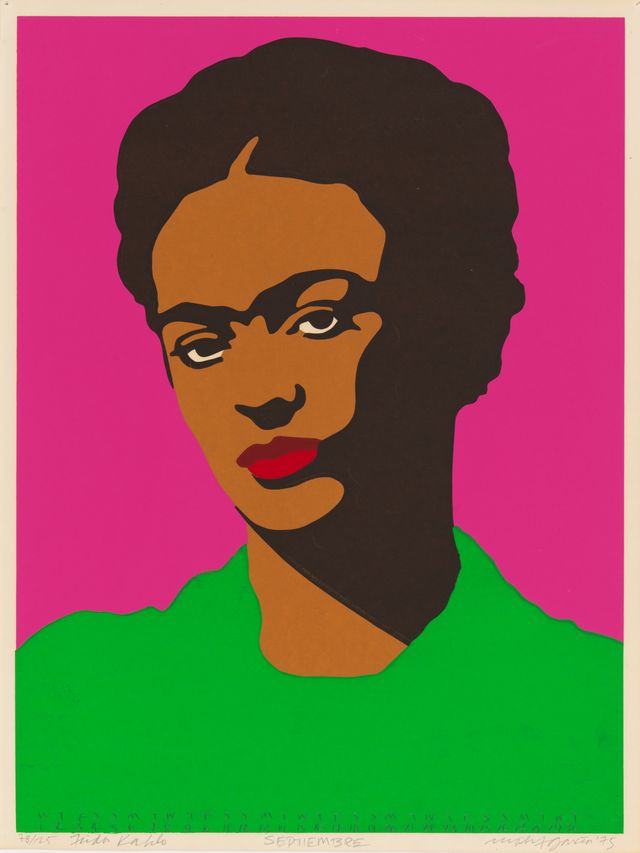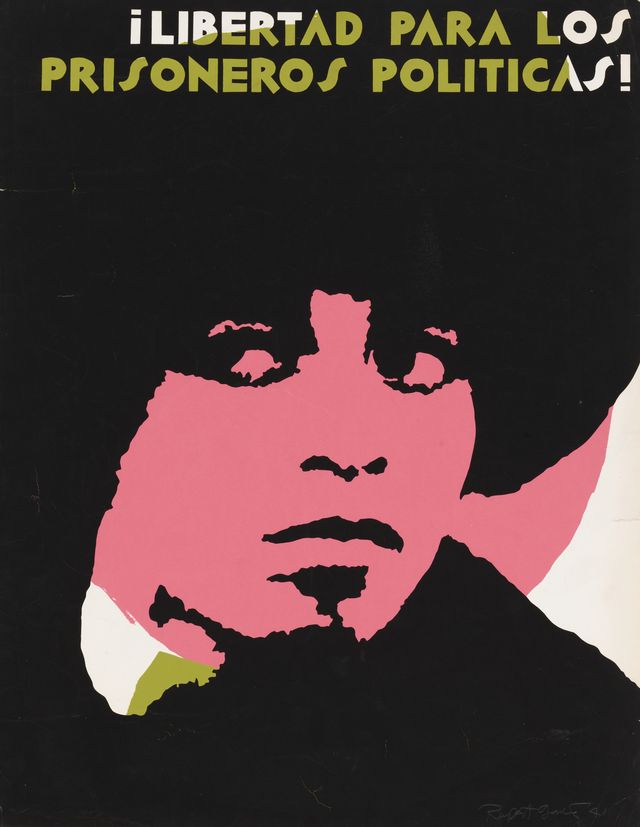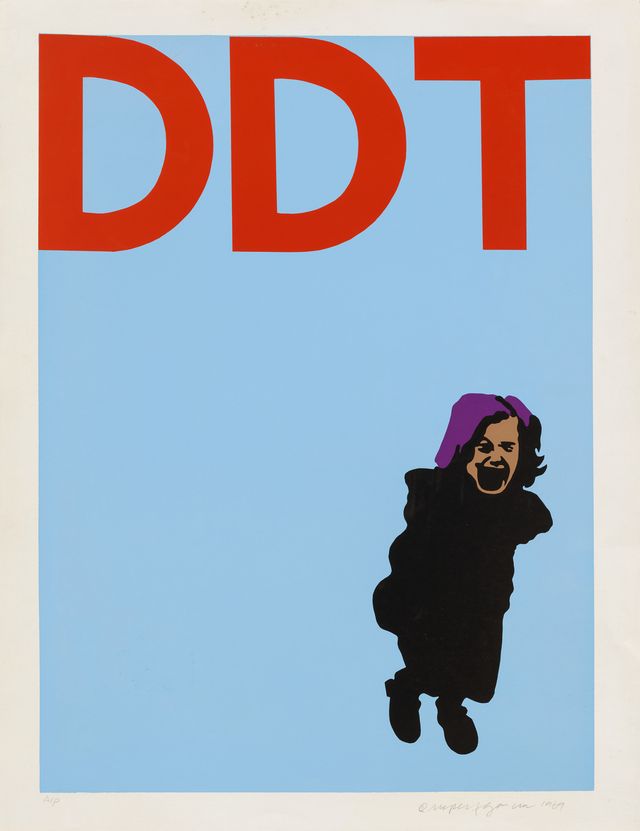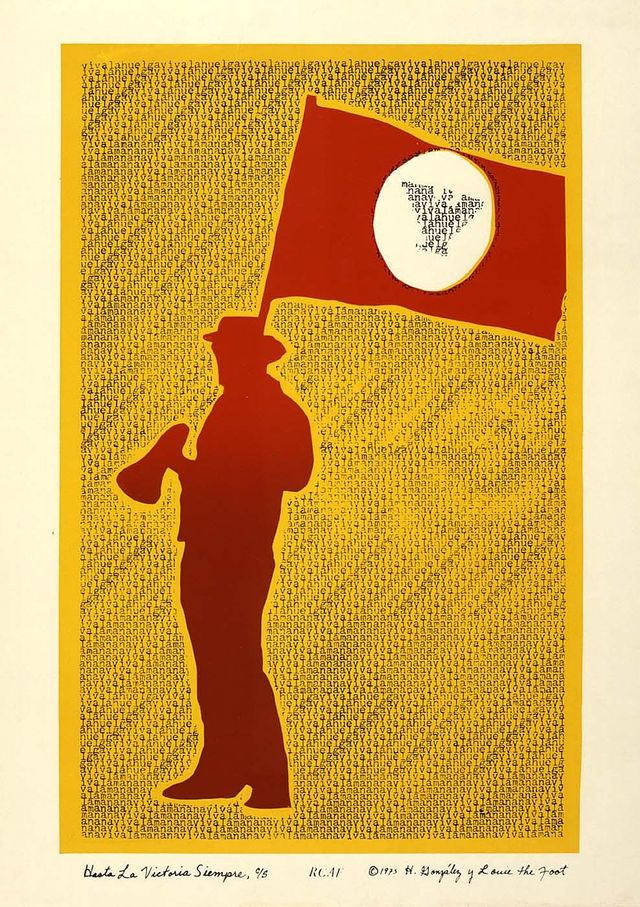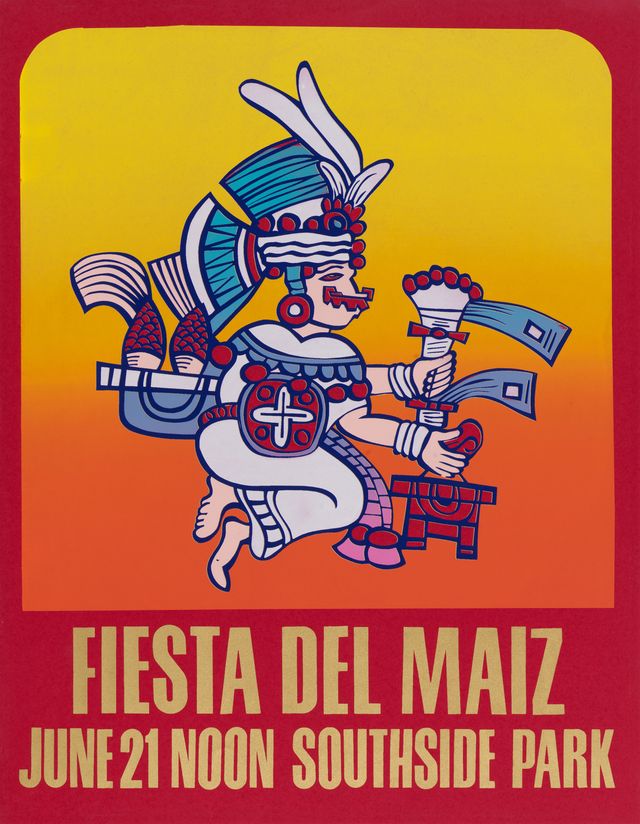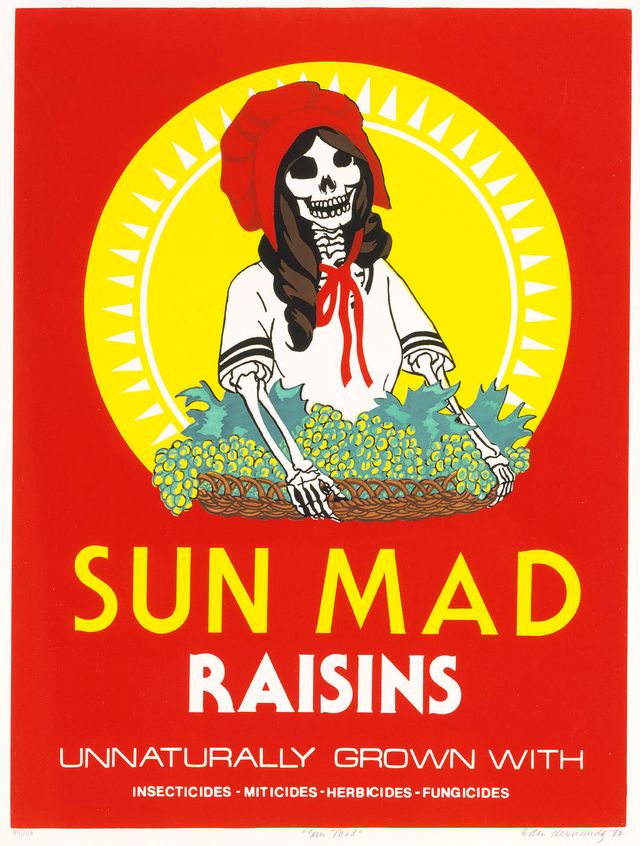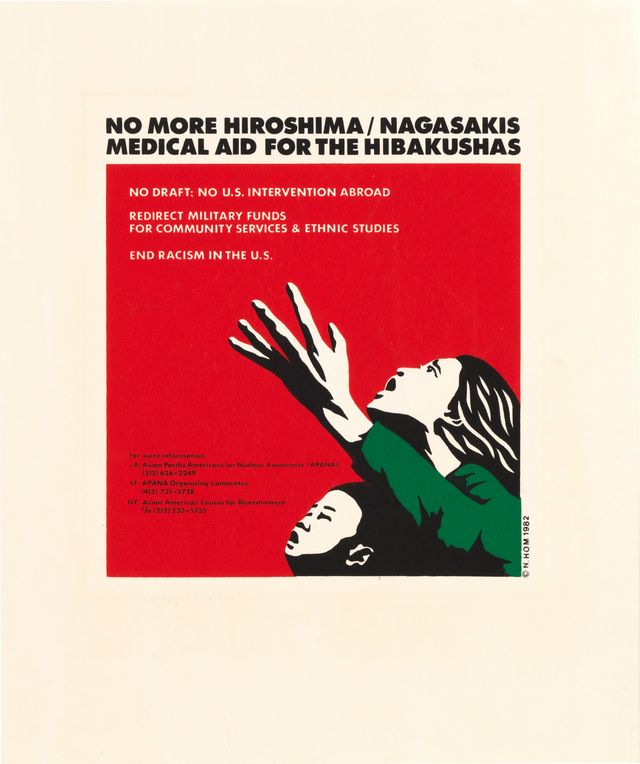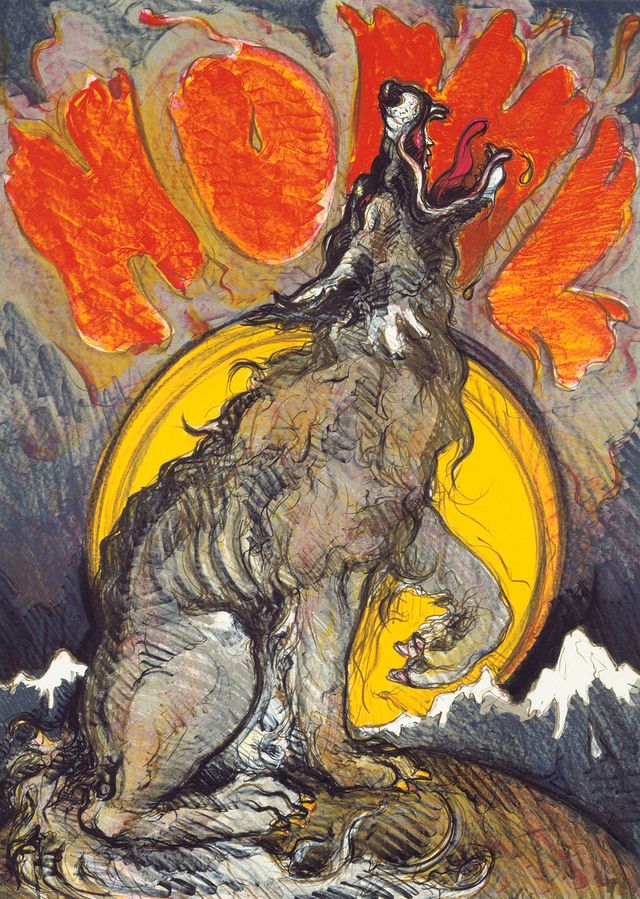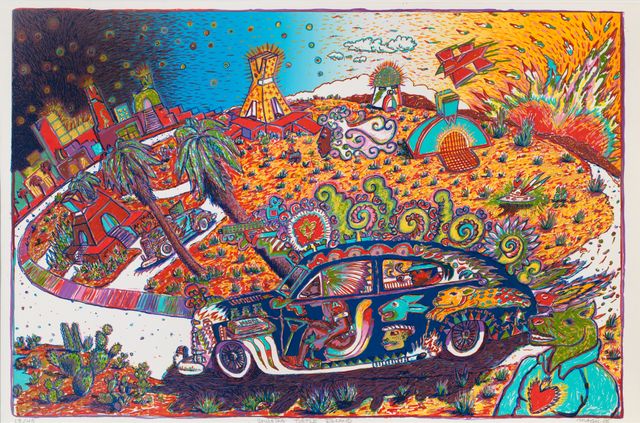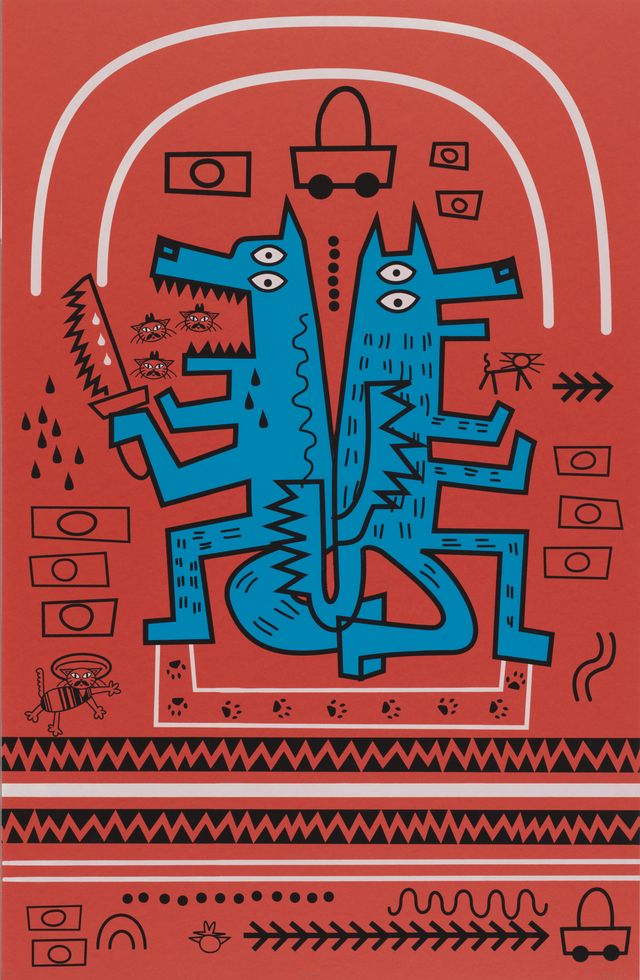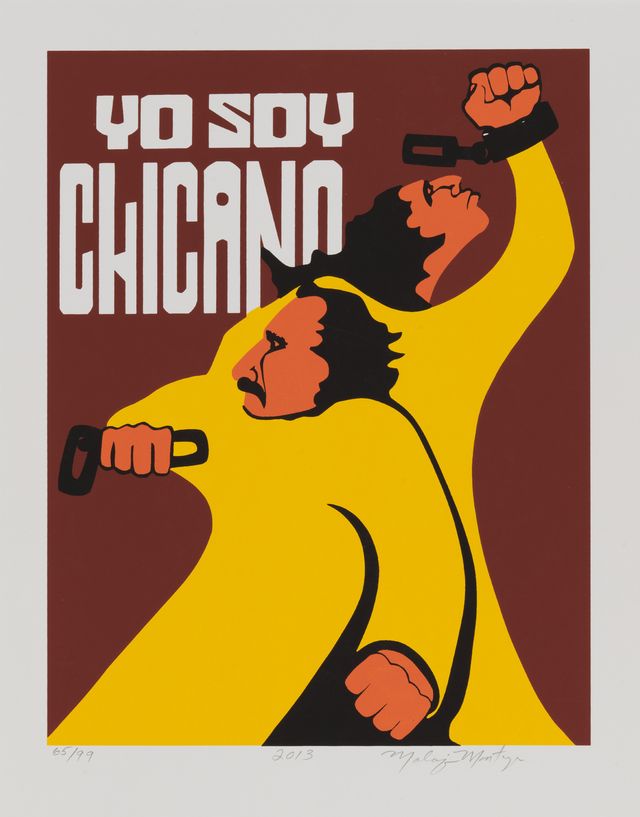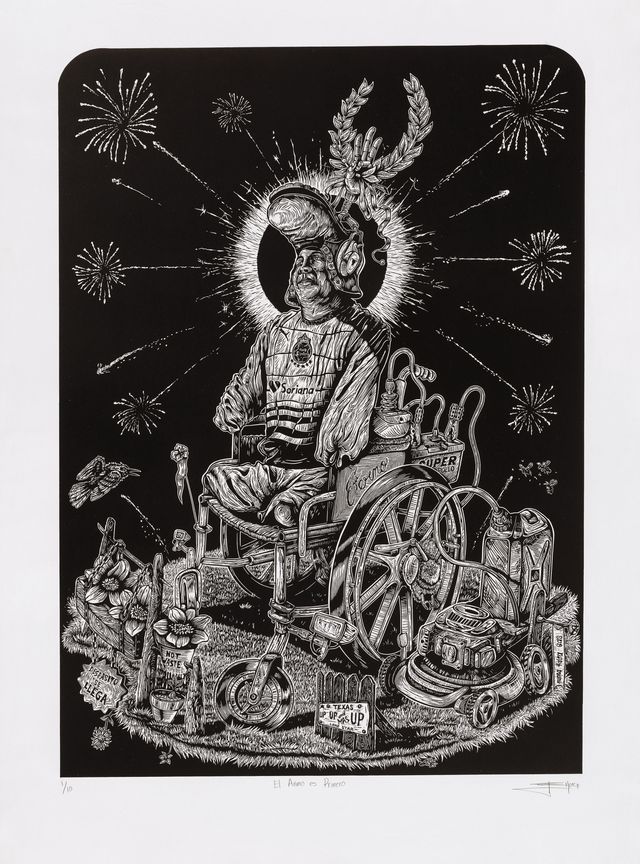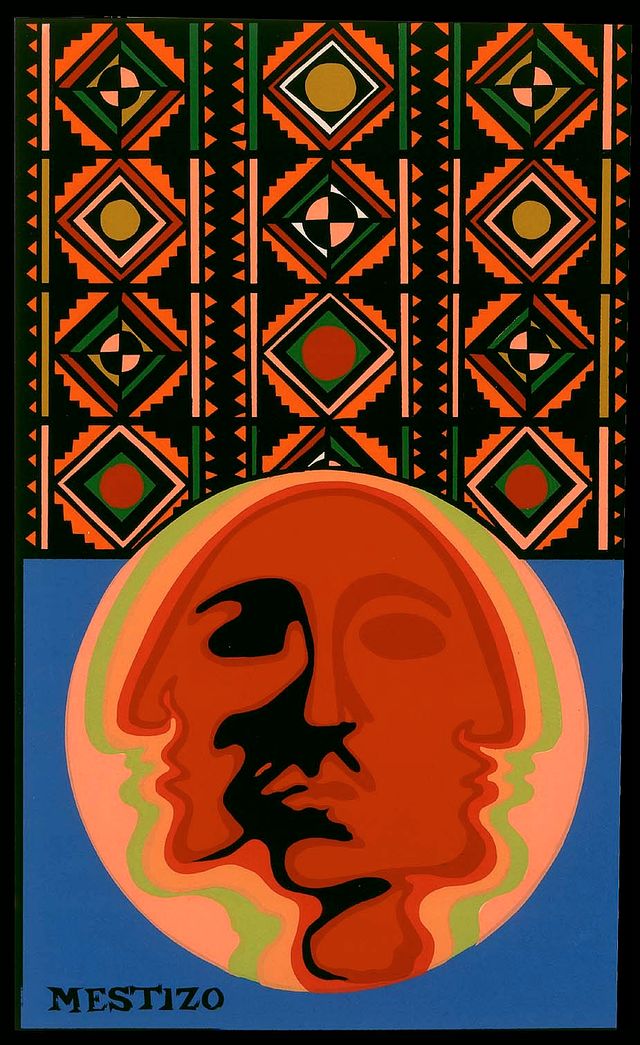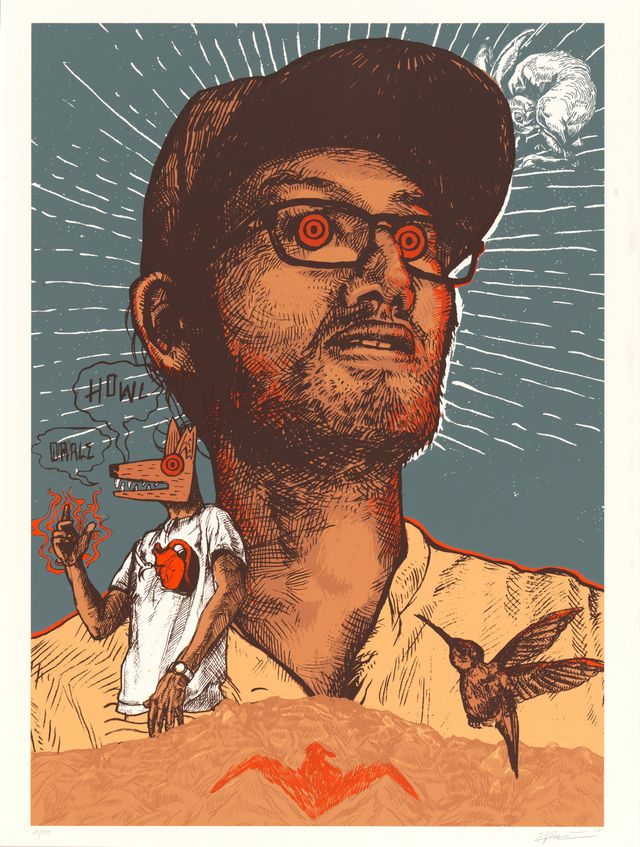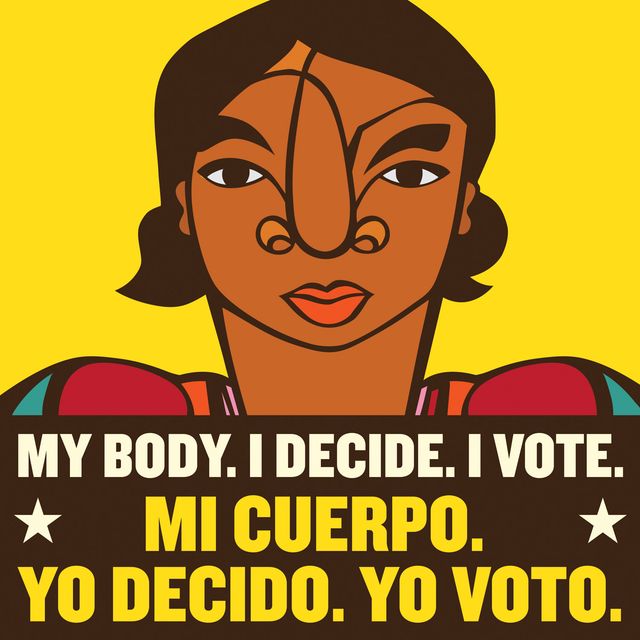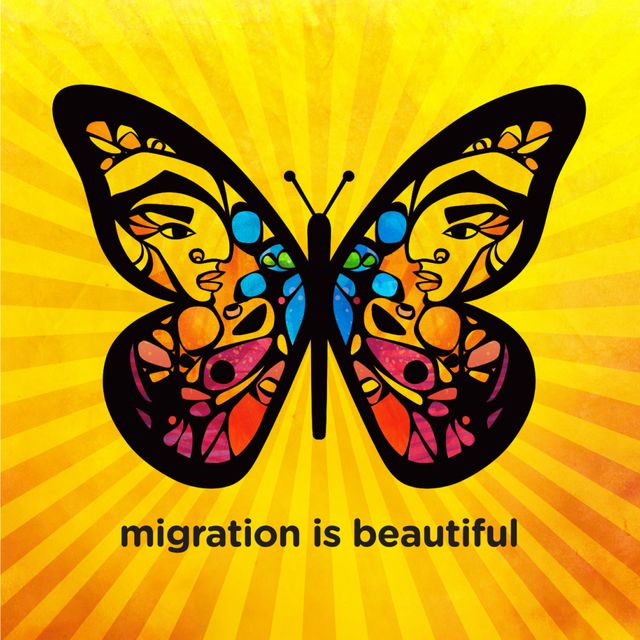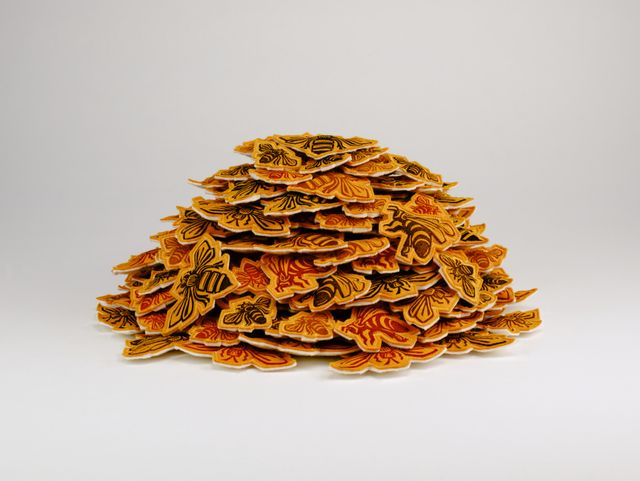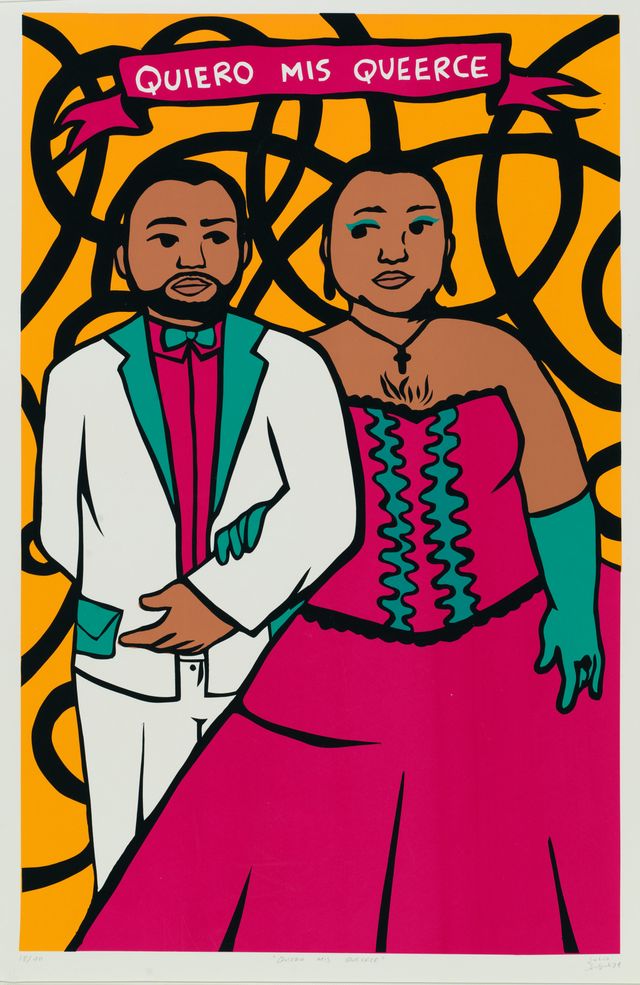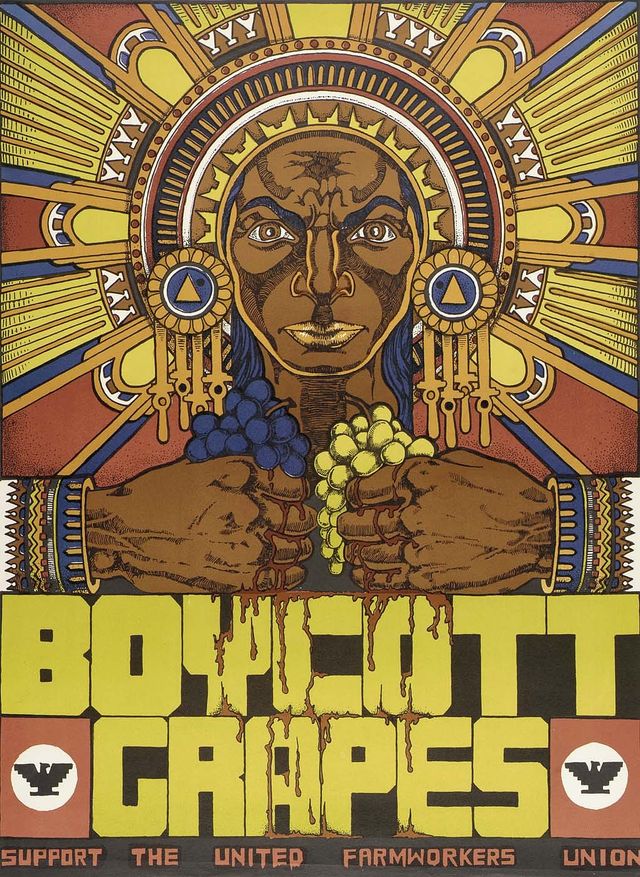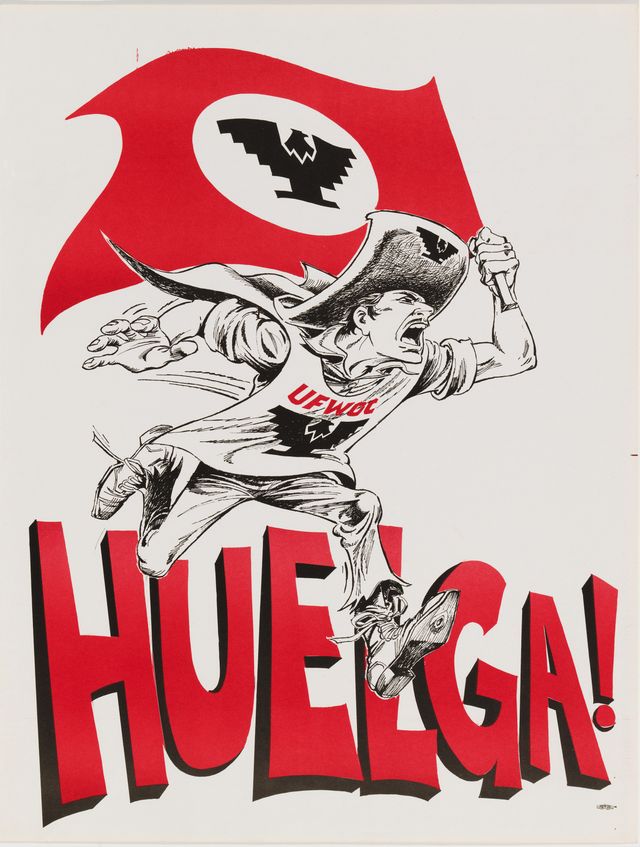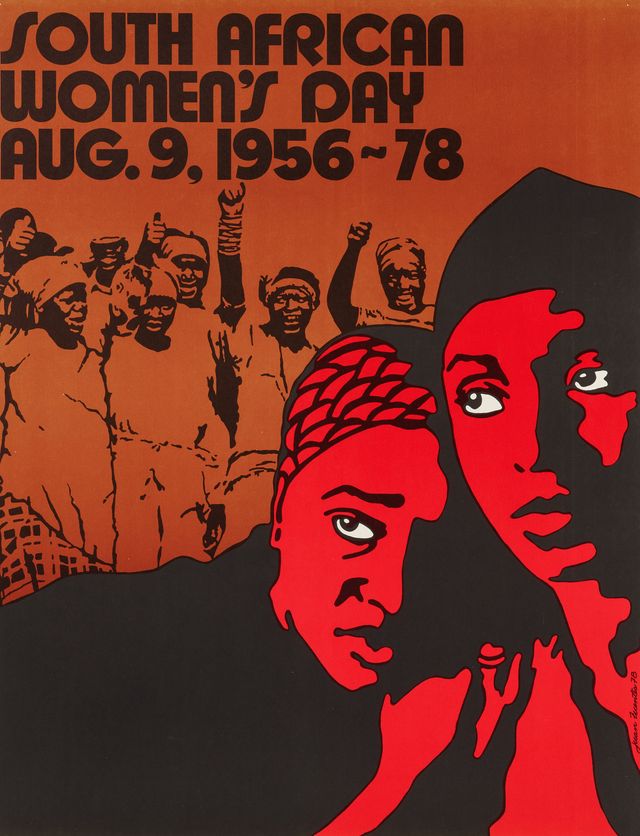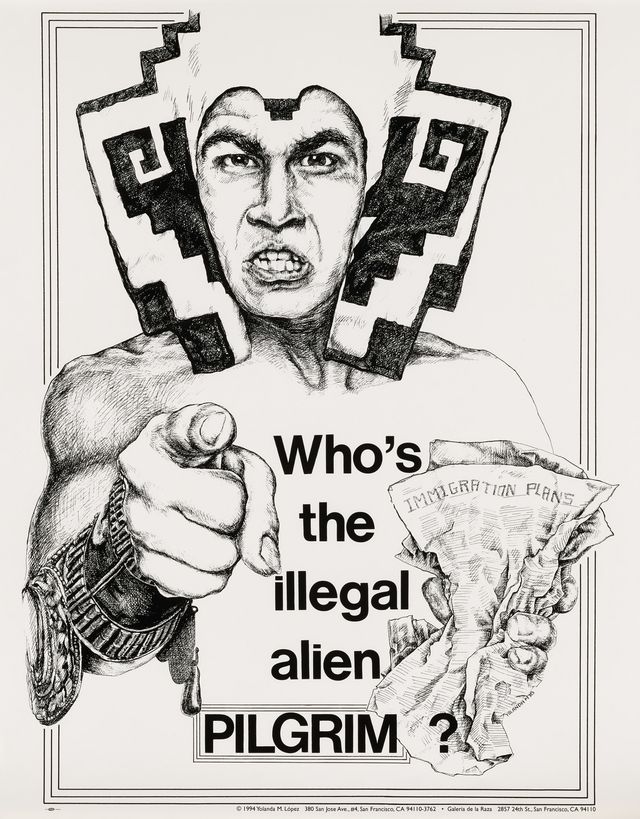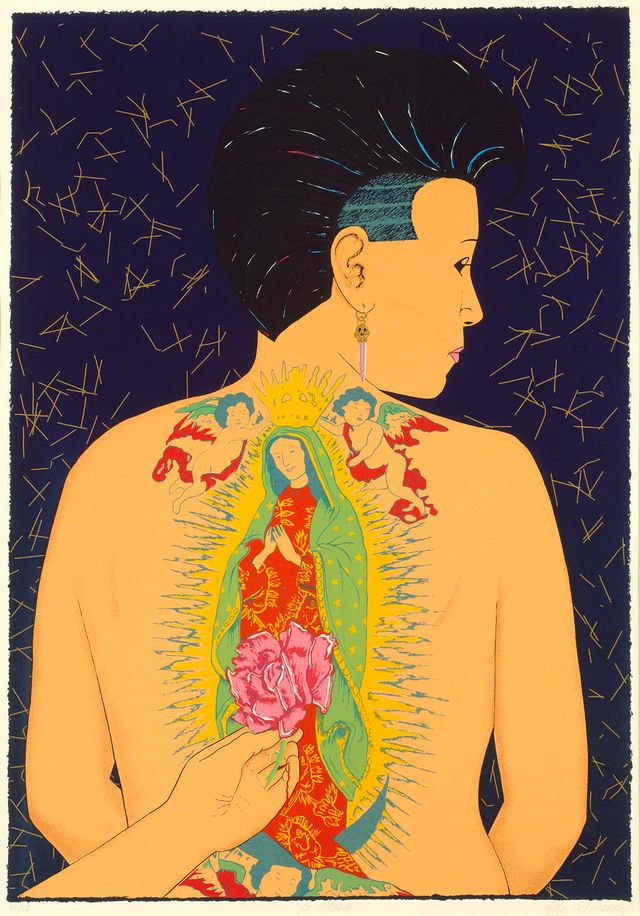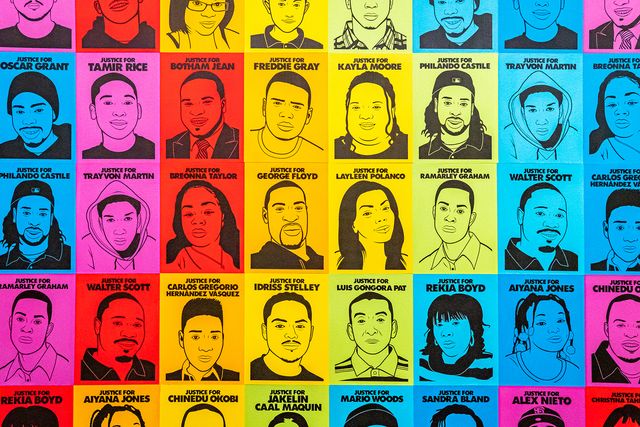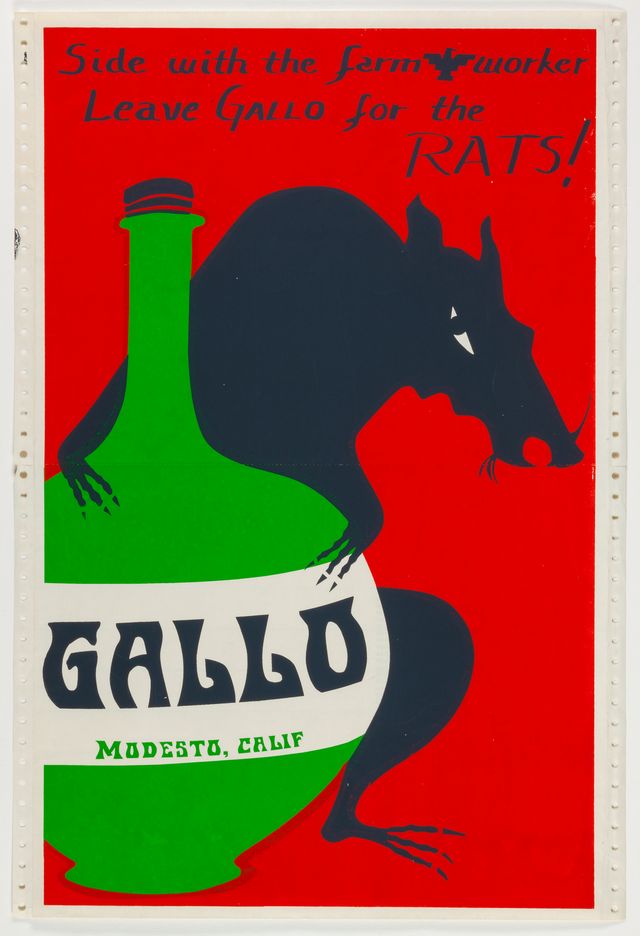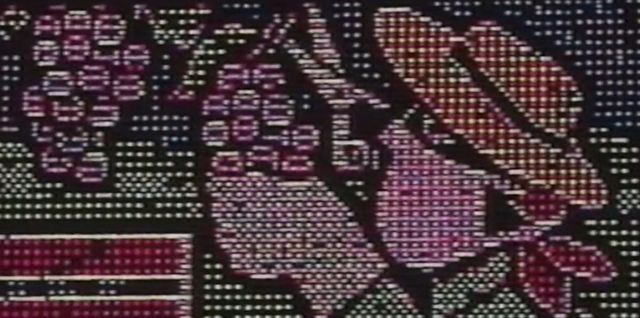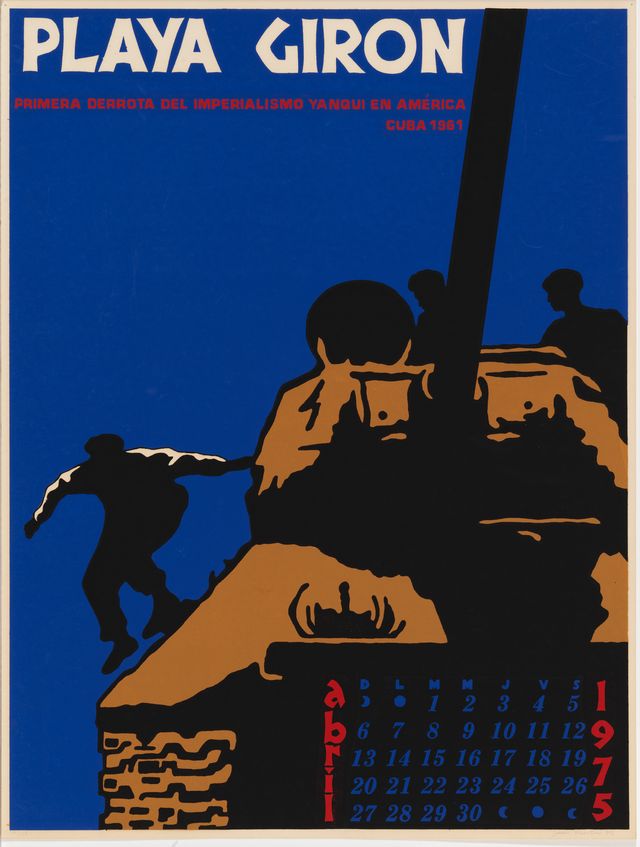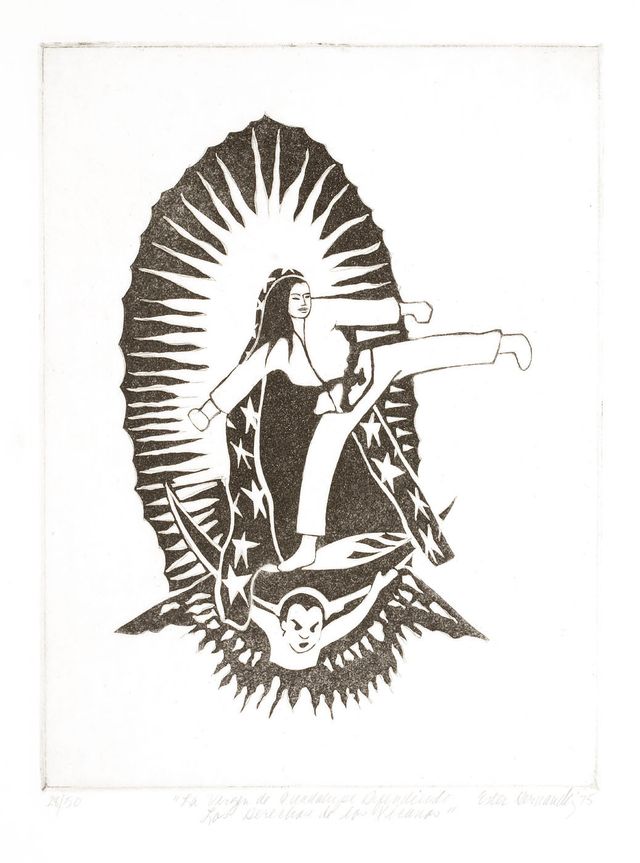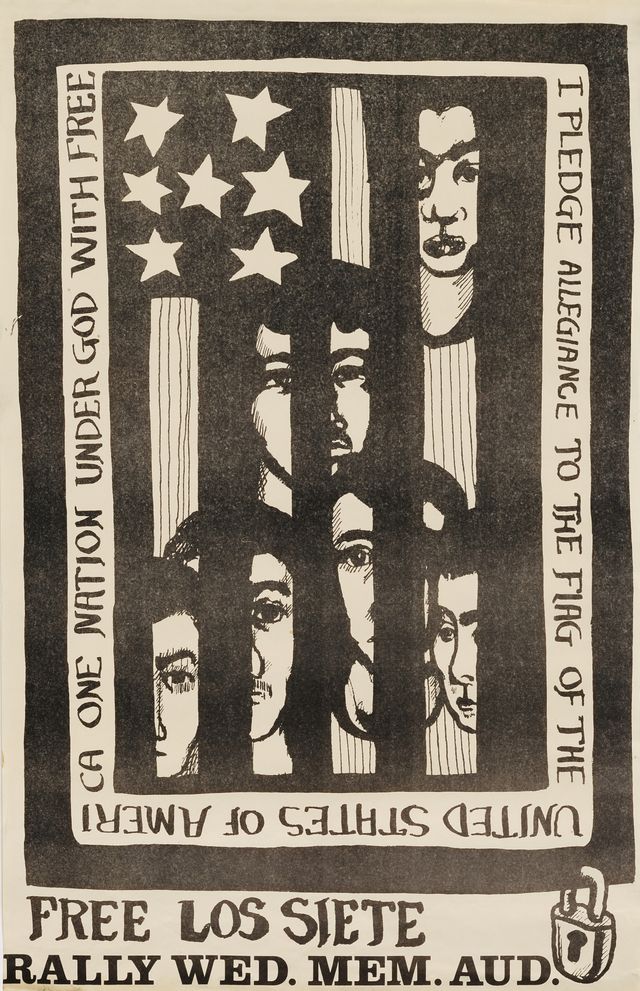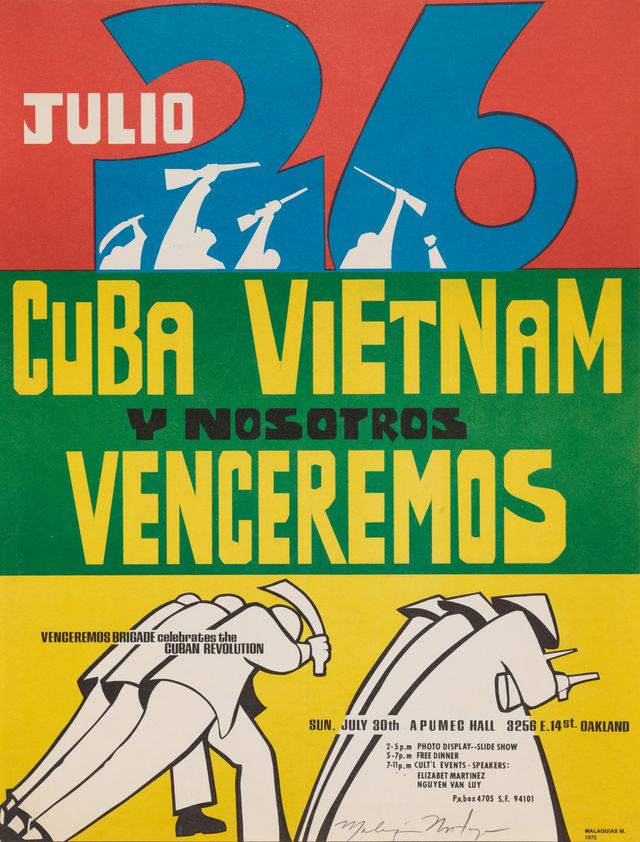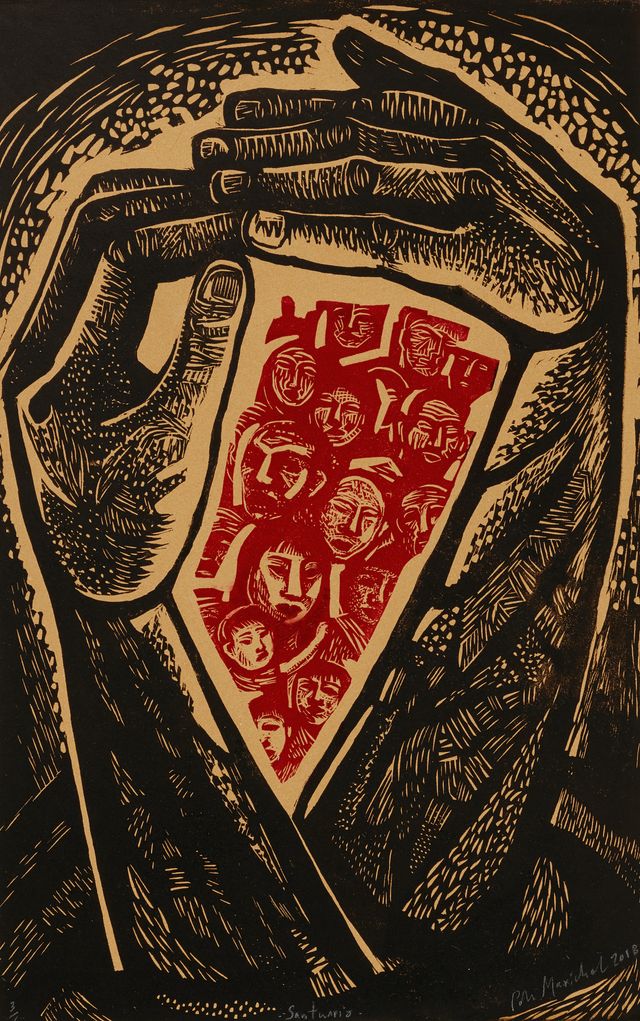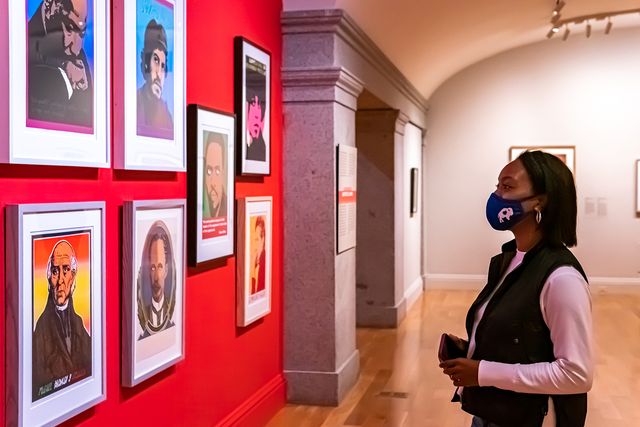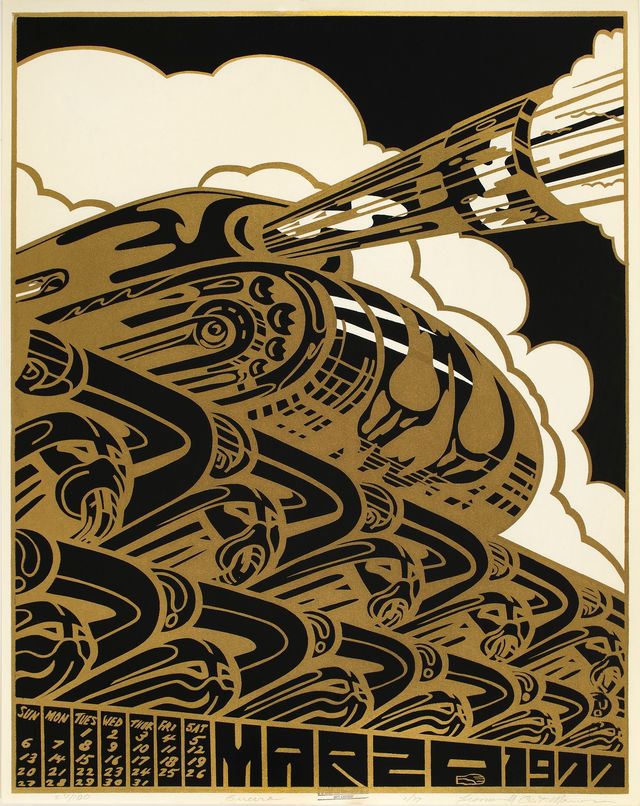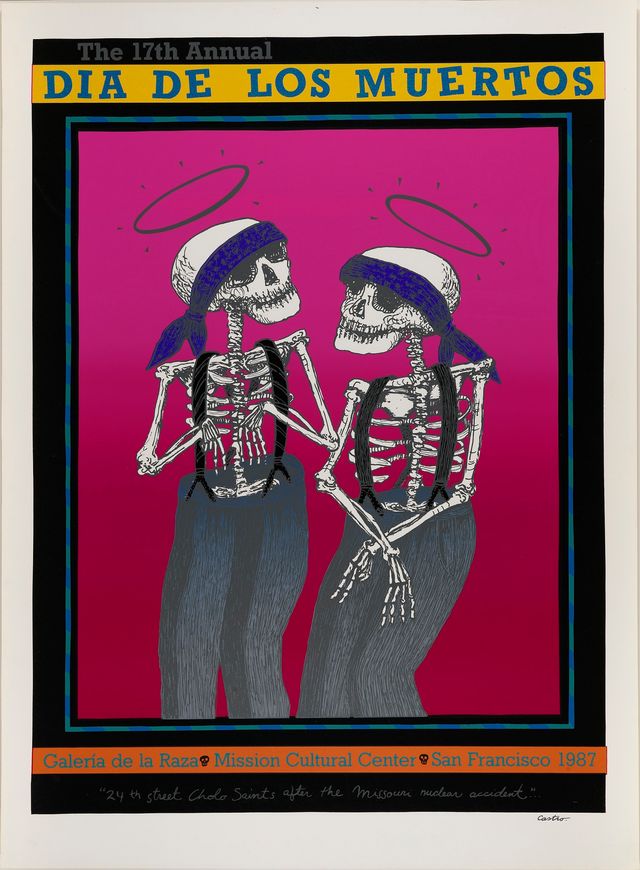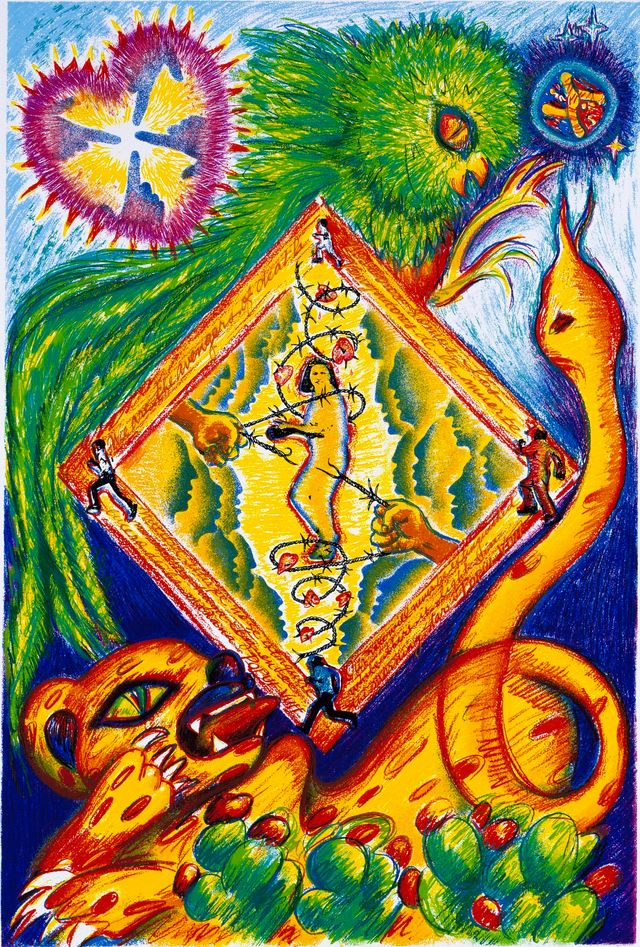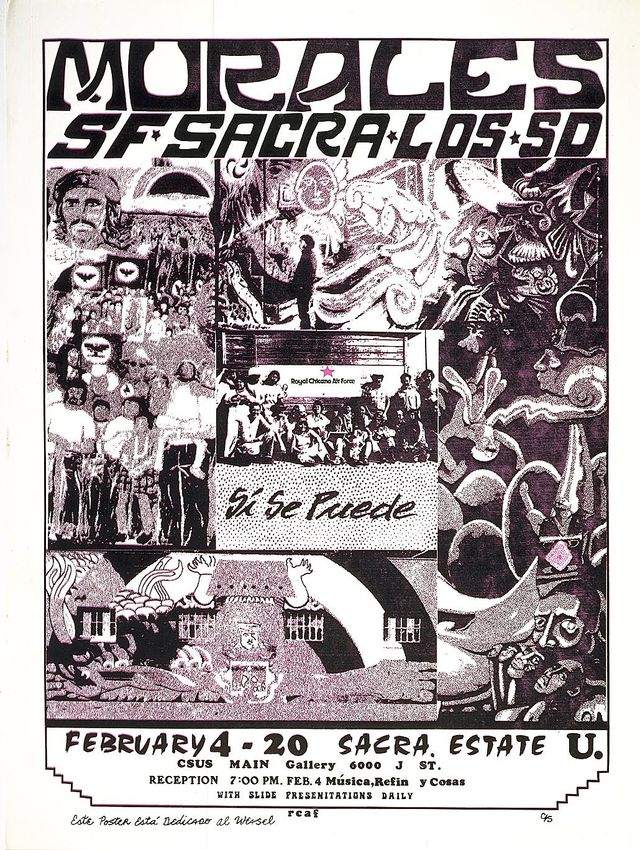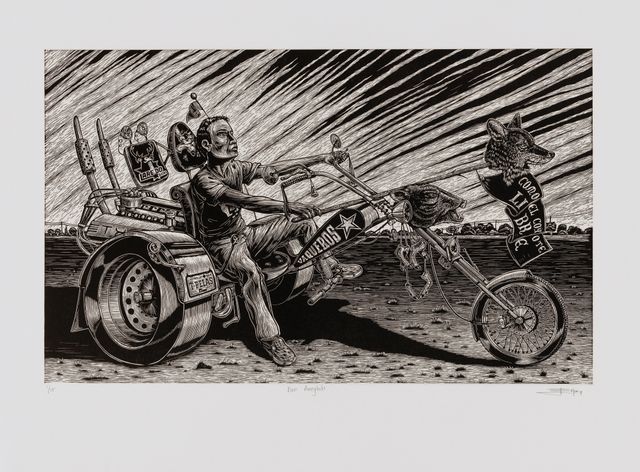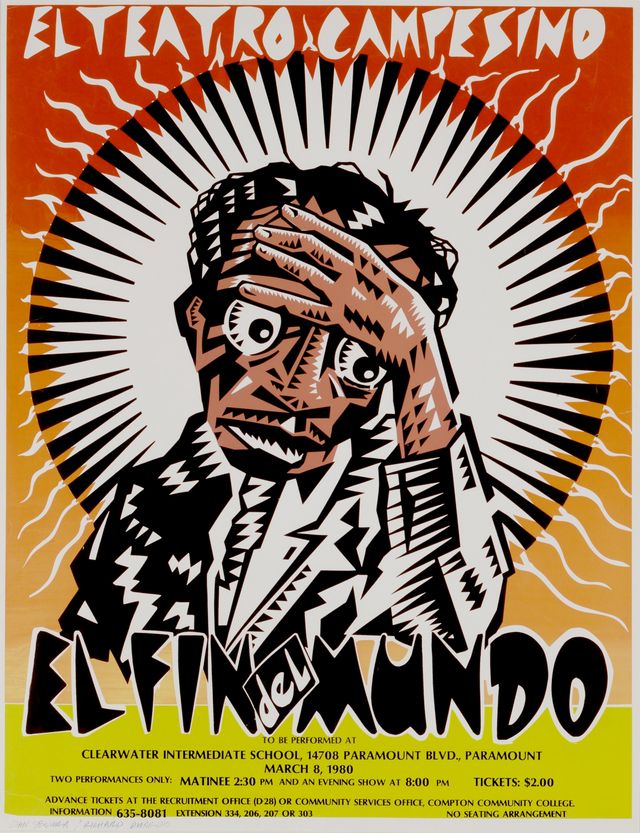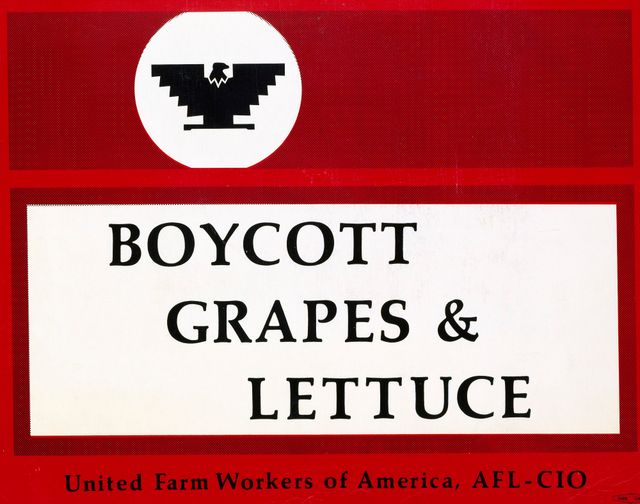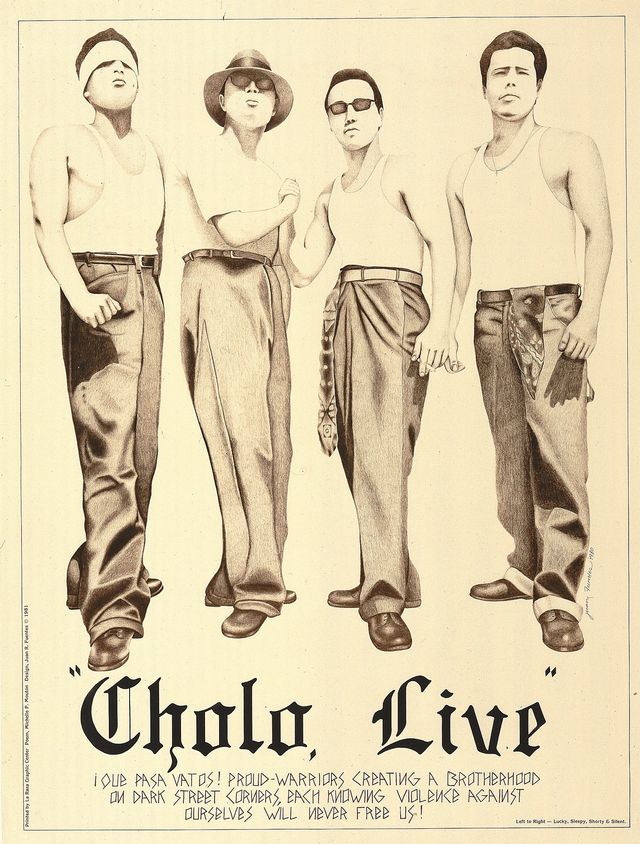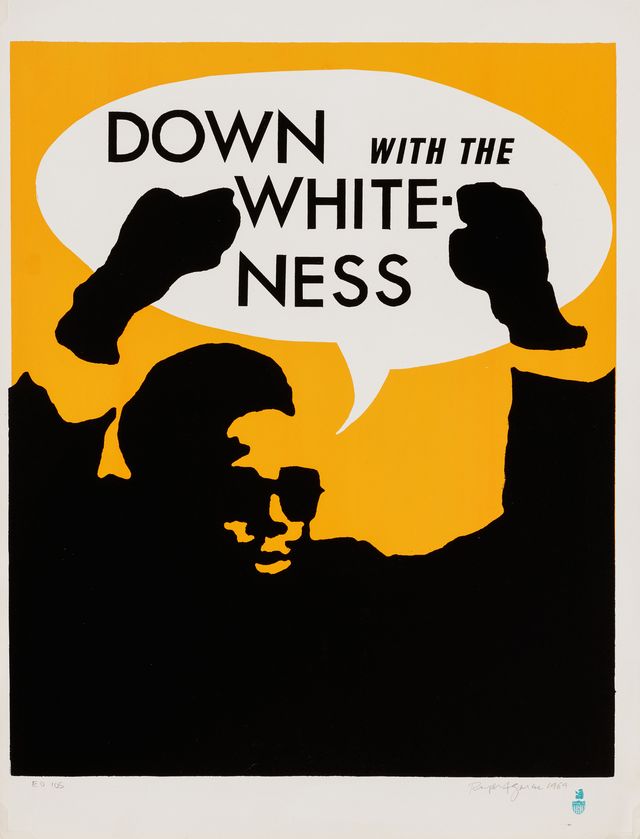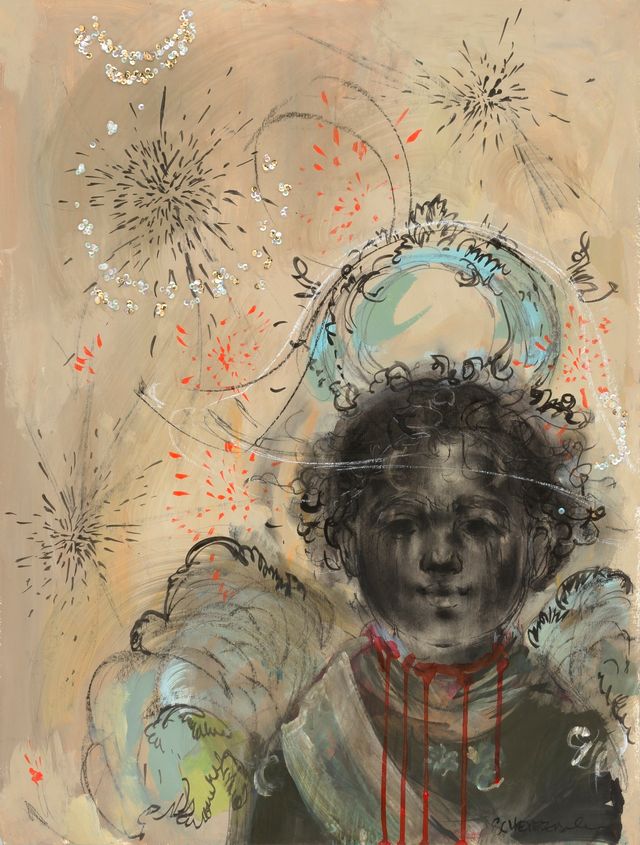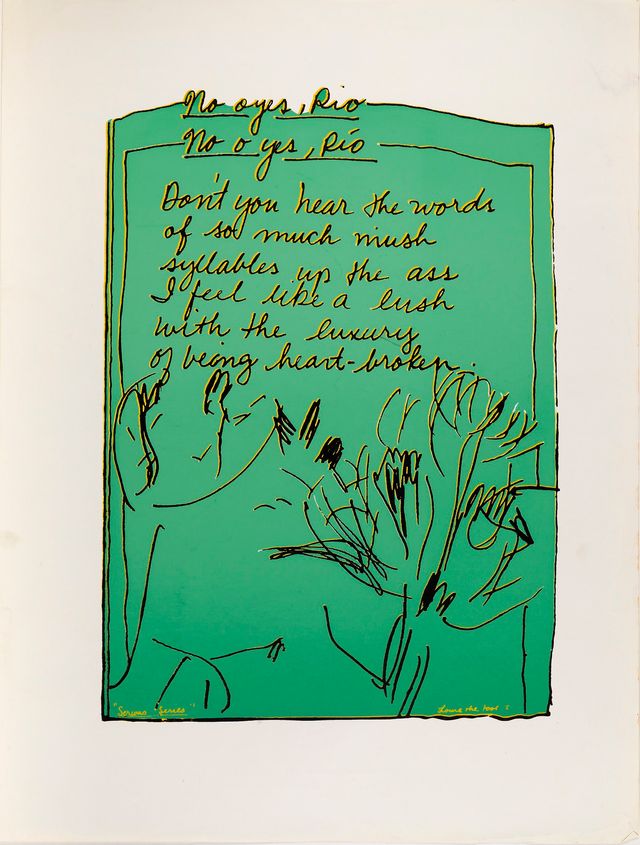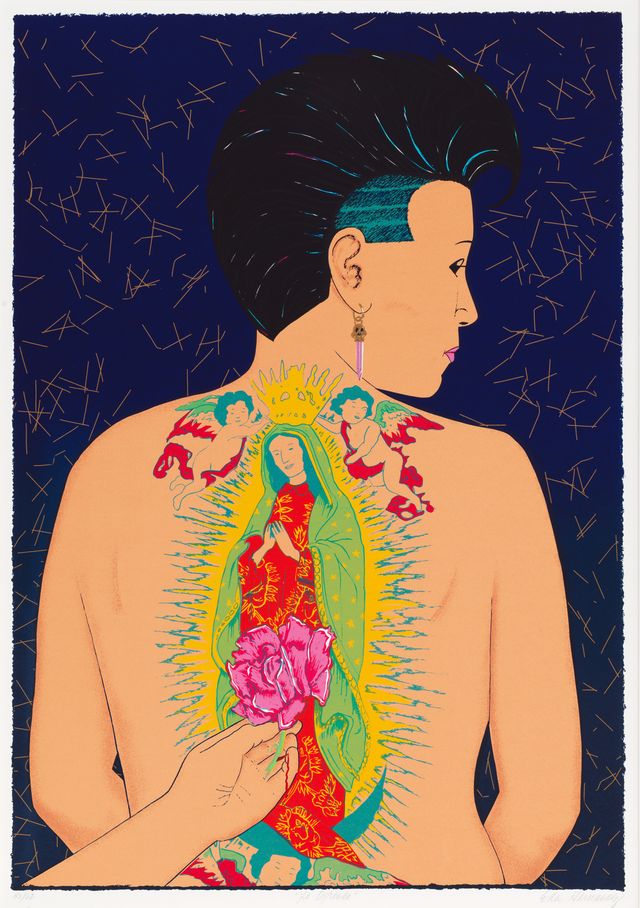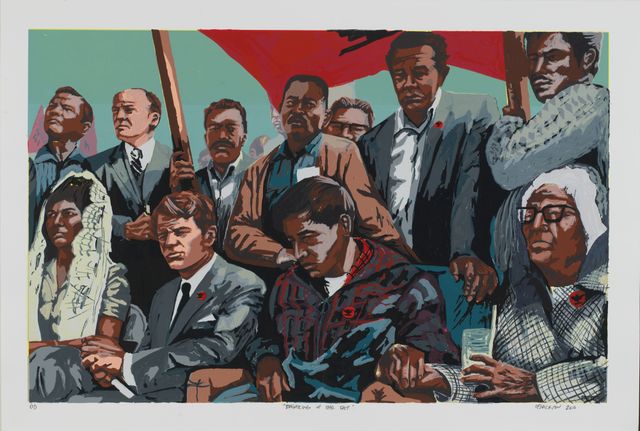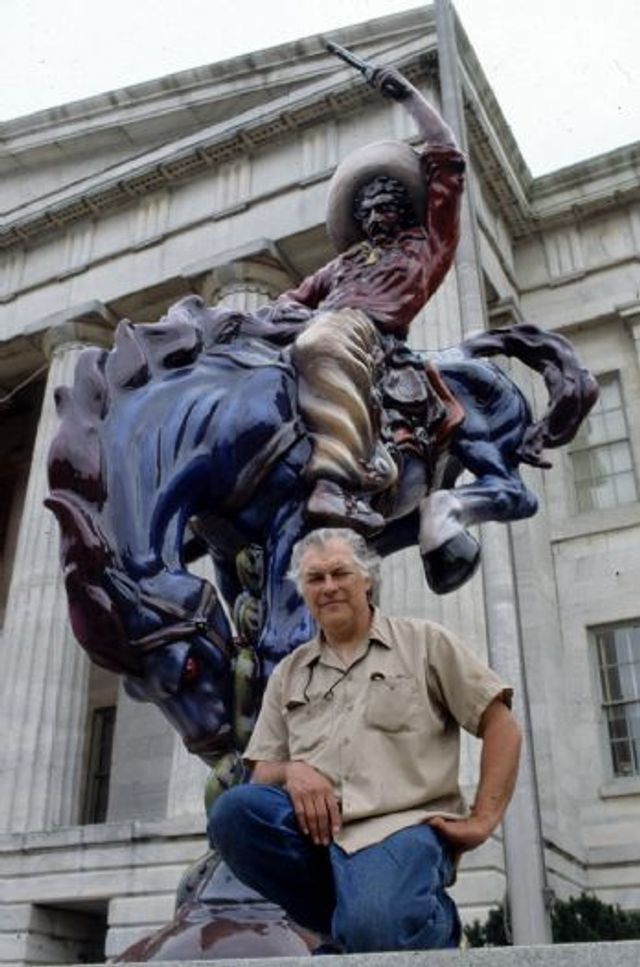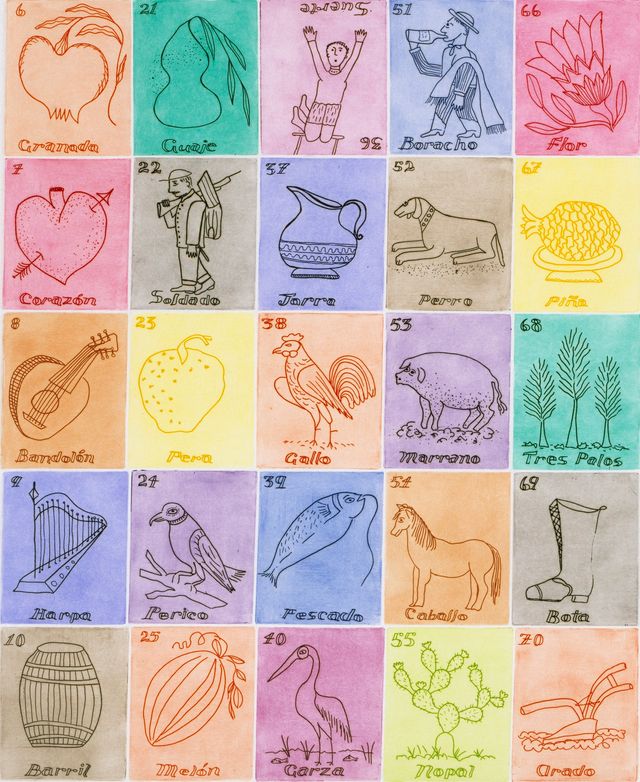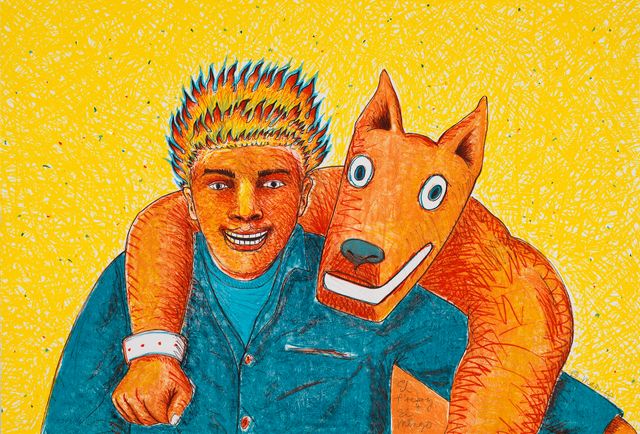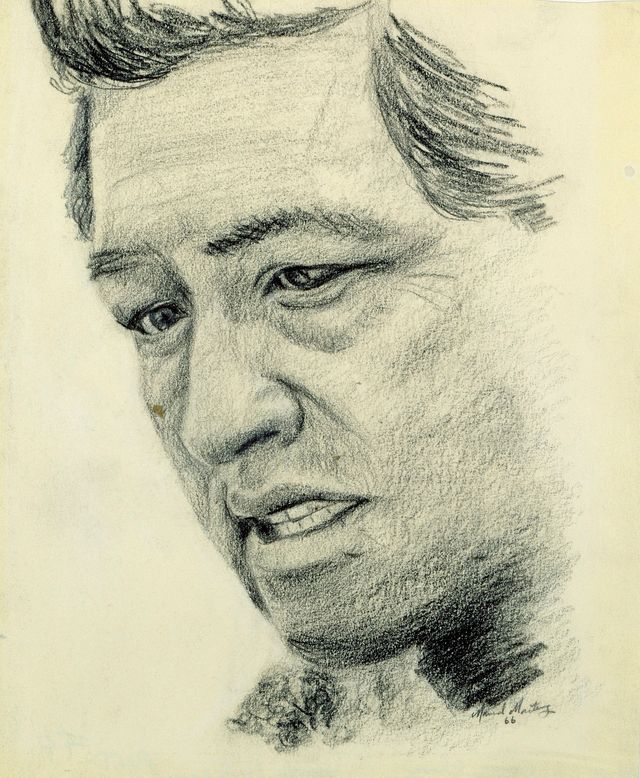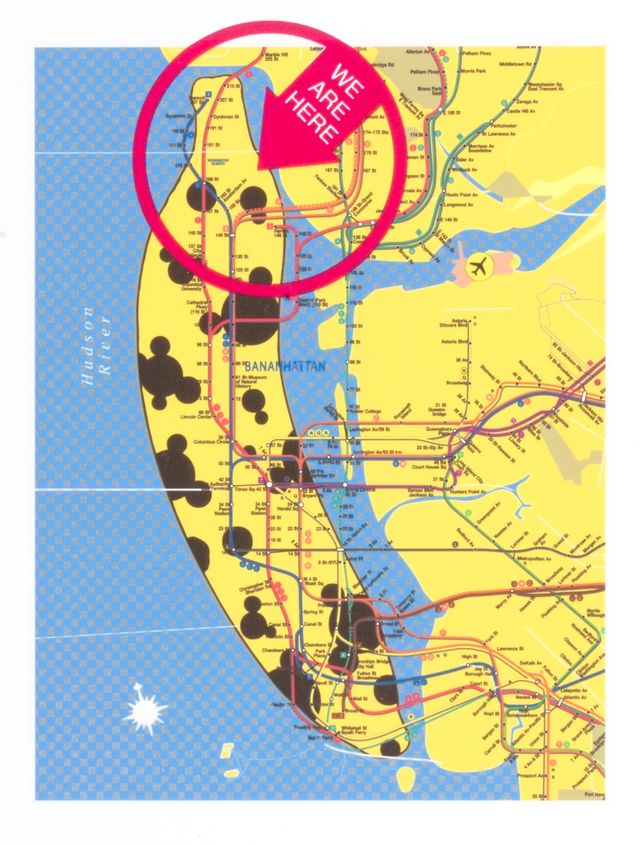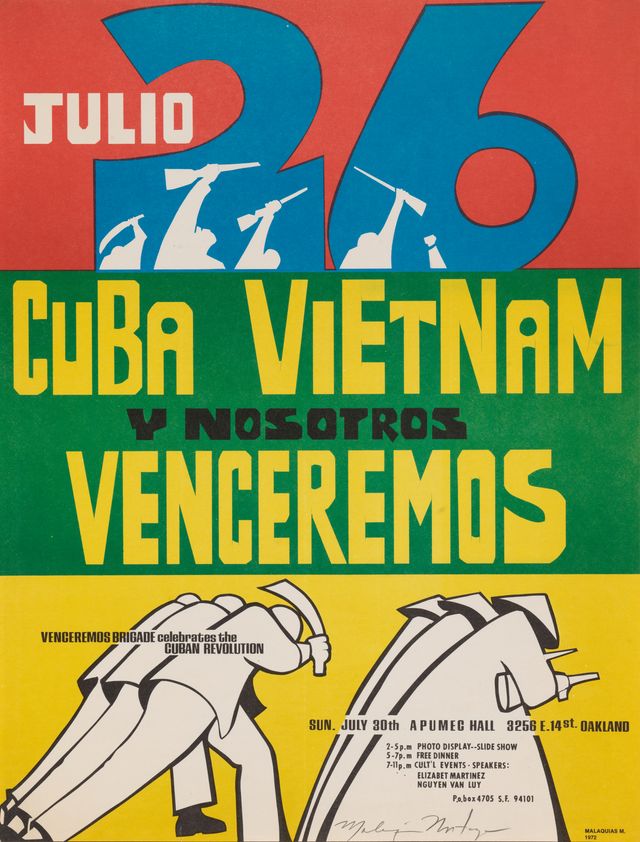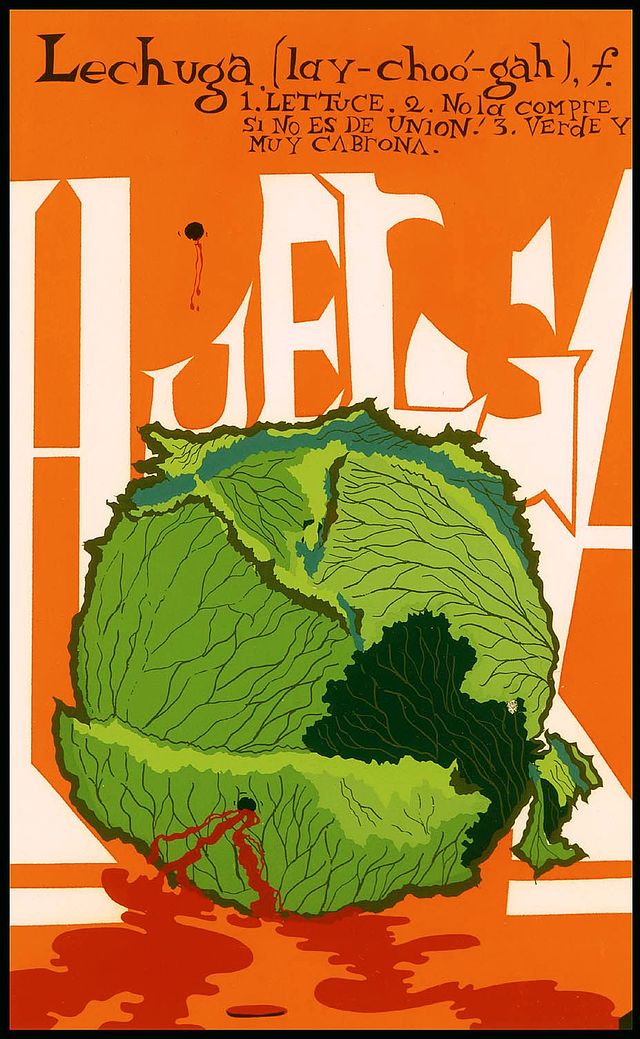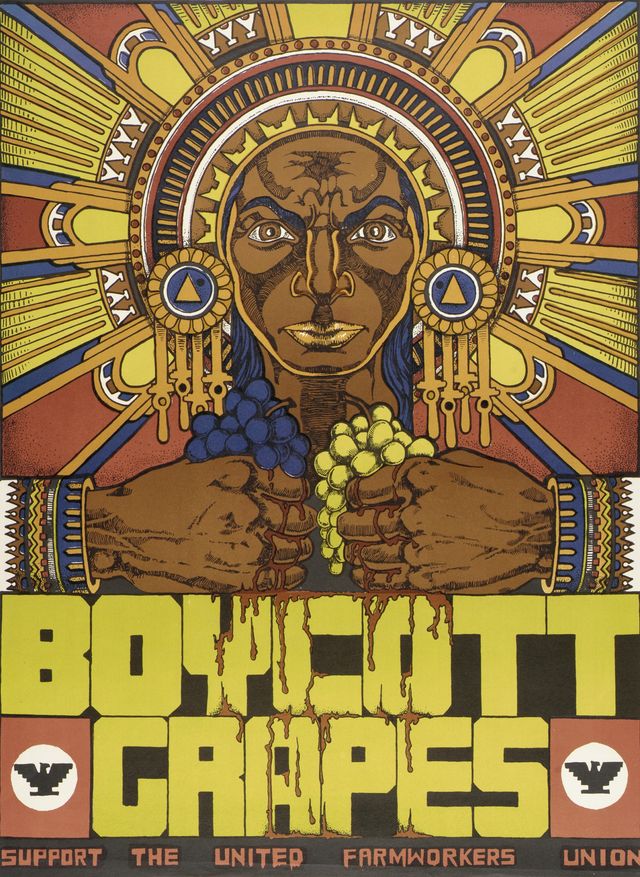¡Printing the Revolution! The Rise and Impact of Chicano Graphics, 1965 to Now
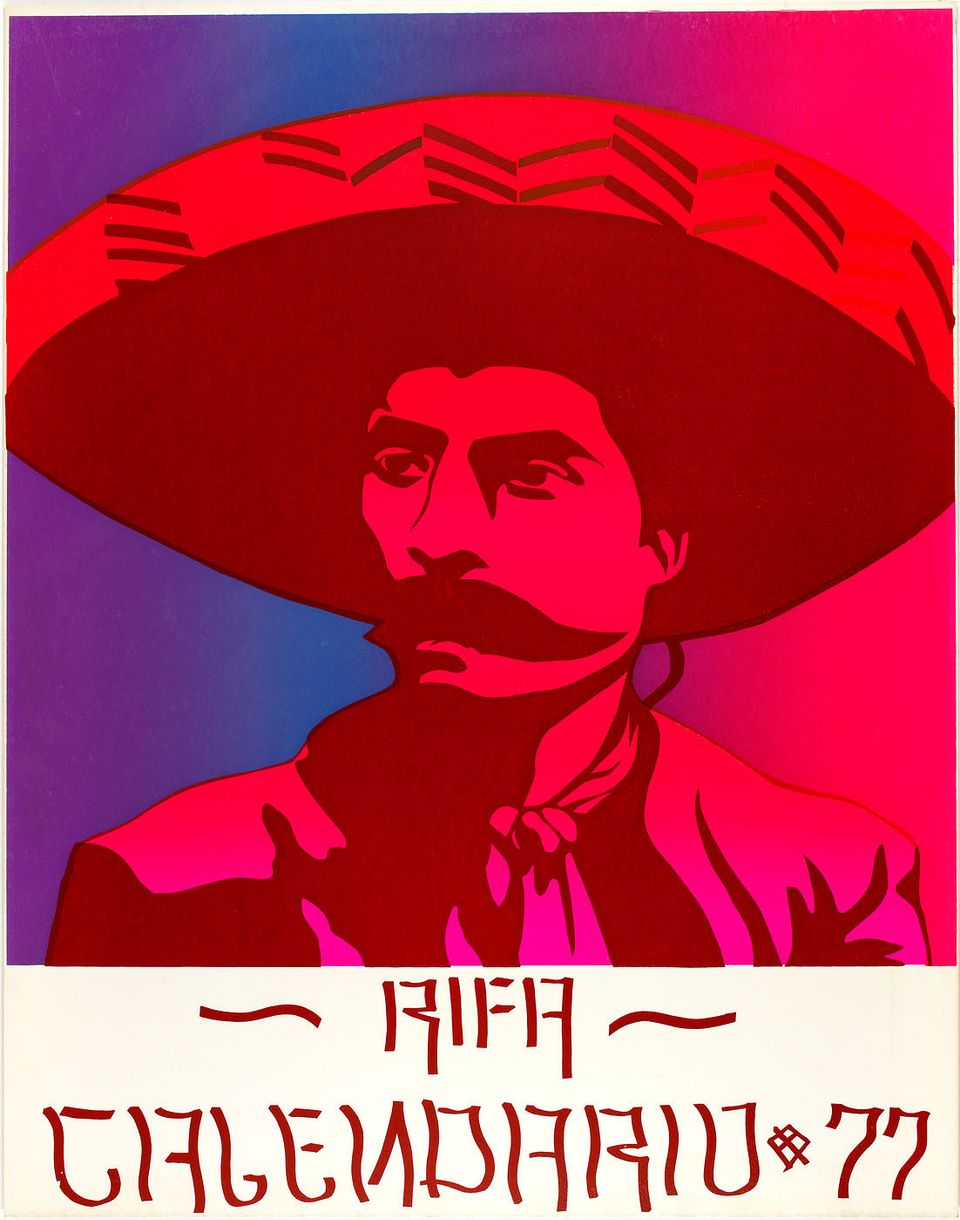
Leonard Castellanos, RIFA, from Méchicano 1977 Calendario, 1976, screenprint on paperboard, Smithsonian American Art Museum
In the 1960s, activist Chicano artists forged a remarkable history of printmaking that remains vital today. Many artists came of age during the civil rights, labor, anti-war, feminist and LGBTQ+ movements and channeled the period’s social activism into assertive aesthetic statements that announced a new political and cultural consciousness among people of Mexican descent in the United States. ¡Printing the Revolution! explores the rise of Chicano graphics within these early social movements and the ways in which Chicanx artists since then have advanced innovative printmaking practices attuned to social justice.
More than reflecting the need for social change, the works in this exhibition project and revise notions of Chicanx identity, spur political activism and school viewers in new understandings of U.S. and international history. By employing diverse visual and artistic modes from satire, to portraiture, appropriation, conceptualism, and politicized pop, the artists in this exhibition build an enduring and inventive graphic tradition that has yet to be fully integrated into the history of U.S. printmaking.
Description
This exhibition is the first to unite historic civil rights era prints alongside works by contemporary printmakers, including several that embrace expanded graphics that exist beyond the paper substrate. While the dominant mode of printmaking among Chicanx artists remains screen-printing, this exhibition features works in a wide range of techniques and presentation strategies, from installation art, to public interventions, augmented reality and shareable graphics that circulate in the digital realm. The exhibition also is the first to consider how Chicanx mentors, print centers and networks nurtured other artists, including several who drew inspiration from the example of Chicanx printmaking.
Artists and collectives featured in the exhibition include Rupert García, Malaquias Montoya, Ester Hernandez, the Royal Chicano Air Force, Elizabeth Sisco, Louis Hock, David Avalos, Sandra C. Fernández, Juan de Dios Mora, the Dominican York Proyecto GRAFICA, Enrique Chagoya, René Castro, Juan Fuentes, and Linda Lucero, among others.
¡Printing the Revolution! features 119 works drawn from SAAM’s leading collection of Latinx art. The museum’s Chicanx graphics holdings rose significantly with an important gift in 1995 from the renowned scholar Tomás Ybarra-Frausto. Since then, other major donations and an ambitious acquisition program has built one of the largest museum collections of Chicanx graphics on the East Coast.
This exhibition was organized by E. Carmen Ramos, former acting chief curator and curator of Latinx art at the Smithsonian American Art Museum, with Claudia Zapata, former curatorial assistant for Latinx art. A major catalogue accompanies the exhibition with essays by Ramos and Zapata, as well as contributions by Tatiana Reinoza, assistant professor of art history at the University of Notre Dame; and Terezita Romo, an art historian, curator, and writer.
Note: ¡Printing the Revolution! The Rise and Impact of Chicano Graphics, 1965 to Now was originally scheduled to open to the public in September 2020. The Smithsonian closed all its museums on March 14, 2020 as a public health precaution due to the global pandemic, which delayed the exhibition opening to November 20. ¡Printing the Revolution! was open for three days before the Smithsonian closed again on November 23. It re-opened for a final run from May 14 through August 8, 2021.
Visiting Information
Tour Schedule
Publications
Videos
Credit
¡Printing the Revolution! The Rise and Impact of Chicano Graphics, 1965 to Now is organized by the Smithsonian American Art Museum with generous support from The Latino Initiatives Pool, administered by the Smithsonian Latino Center, Michael Abrams and Sandra Stewart, The Honorable Aida Alvarez, Joanne and Richard Brodie Exhibitions Endowment, James F. Dicke Family Endowment, Sheila Duignan and Mike Wilkins, Ford Foundation, Dorothy Tapper Goldman, HP, William R. Kenan Jr. Endowment Fund, Robert and Arlene Kogod Family Foundation, Lannan Foundation, and Henry R. Muñoz, III and Kyle Ferari-Muñoz.

SAAM Stories
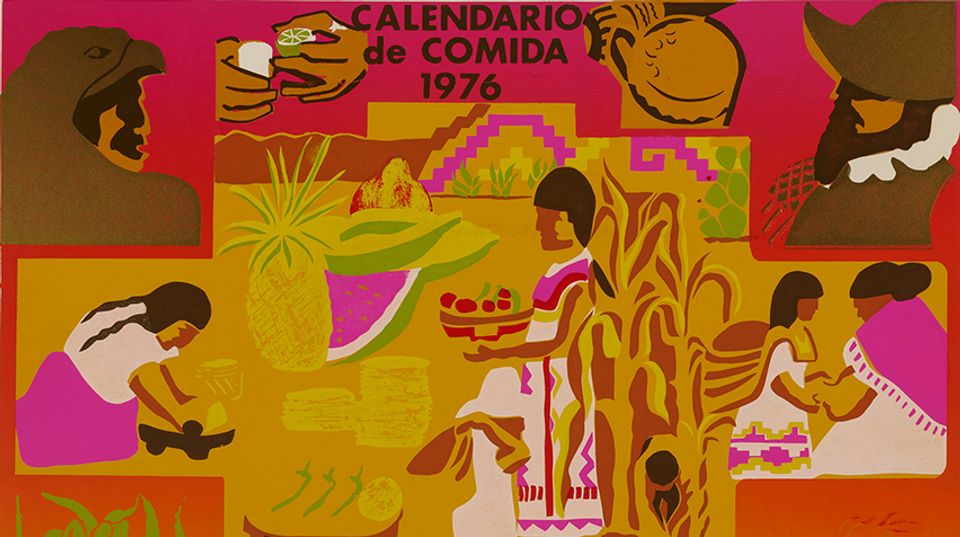

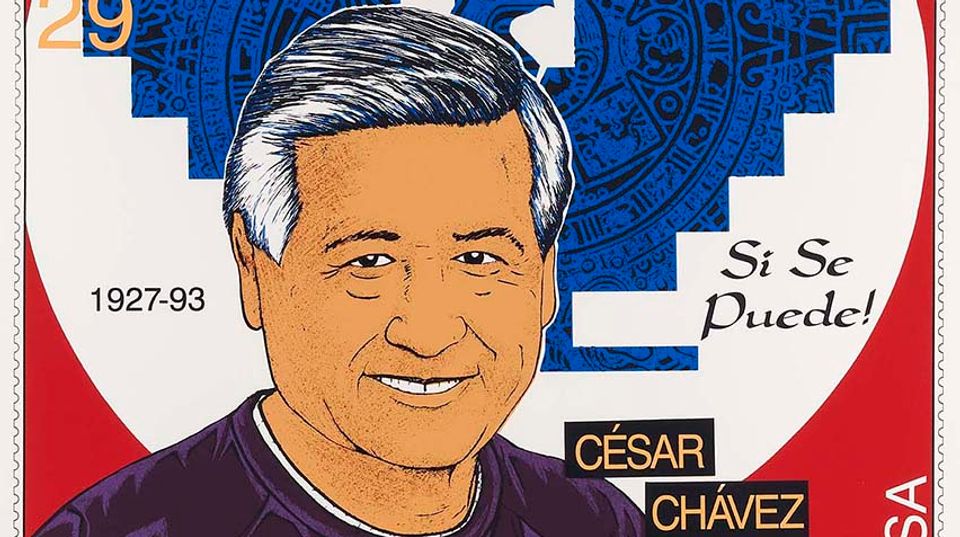



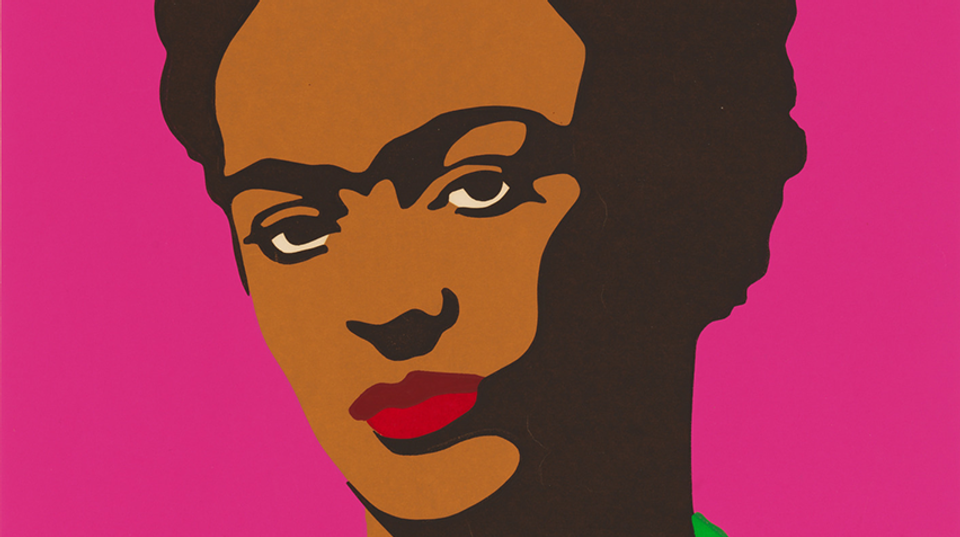
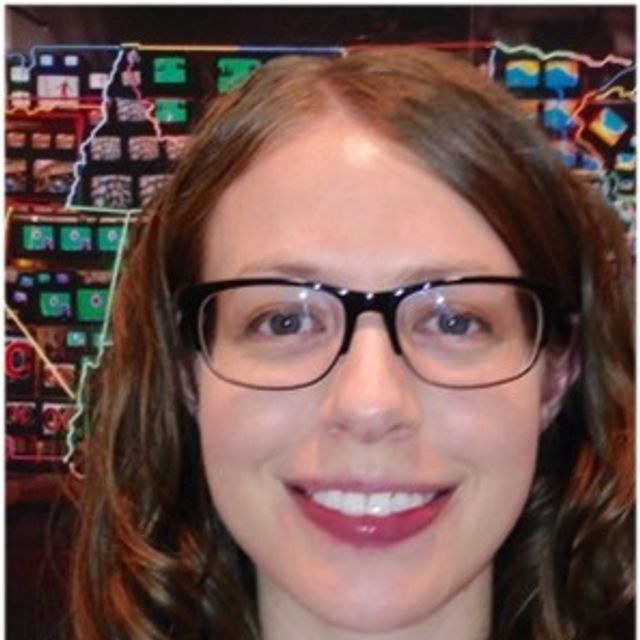
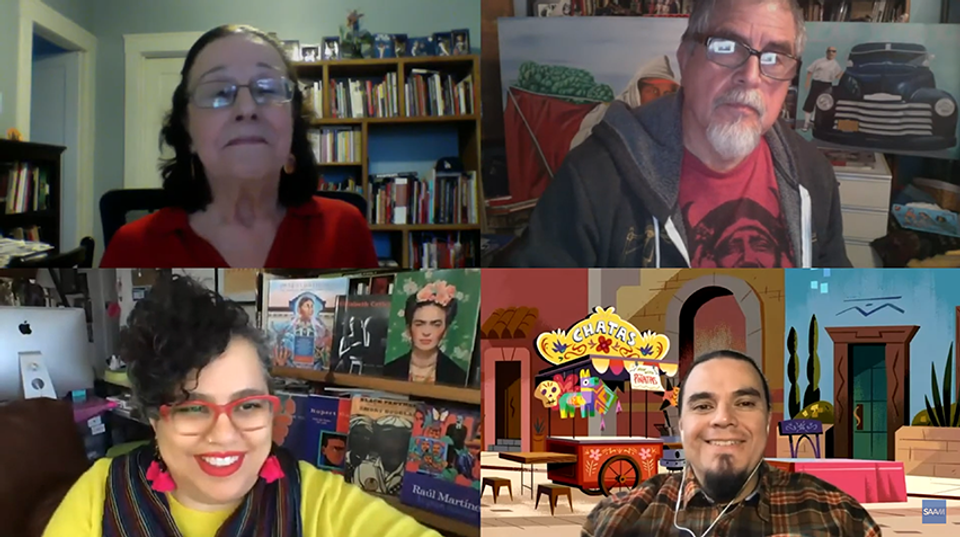

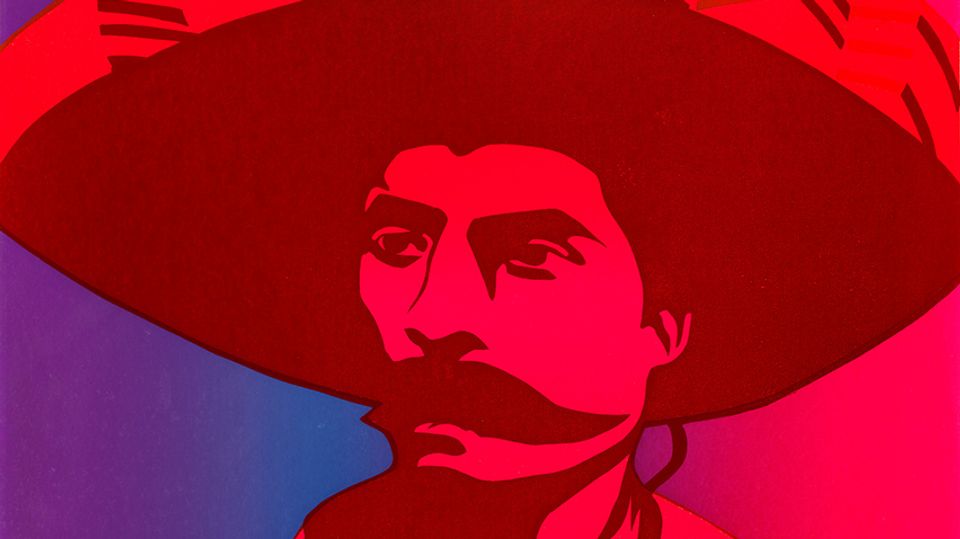

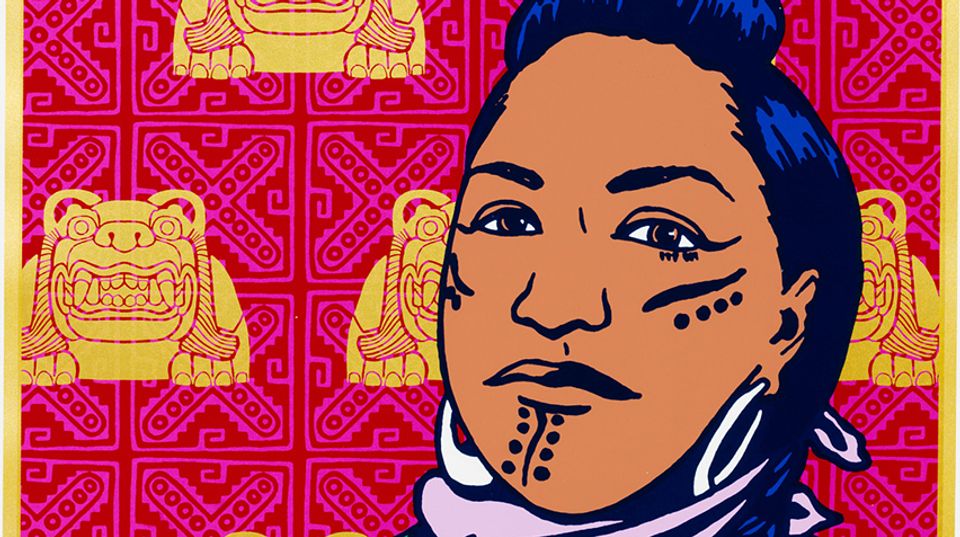





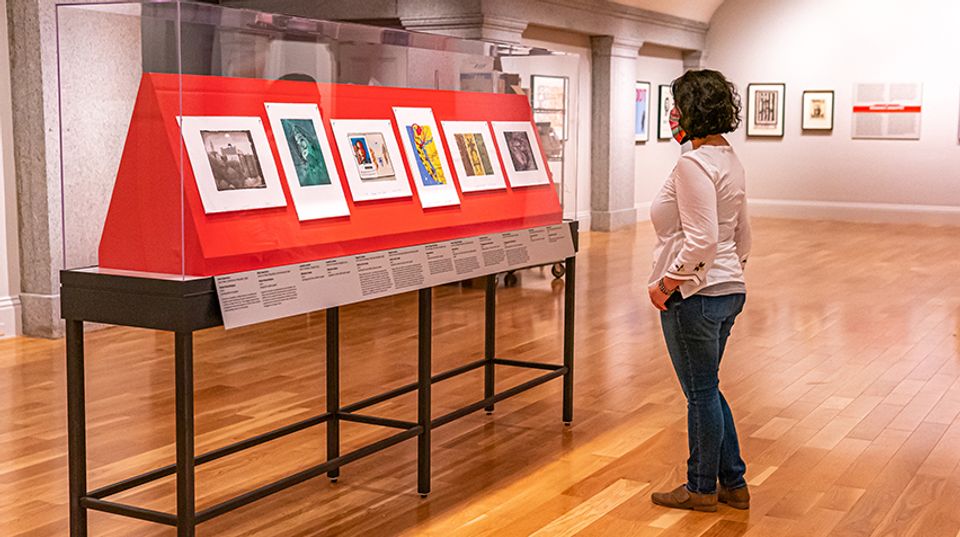

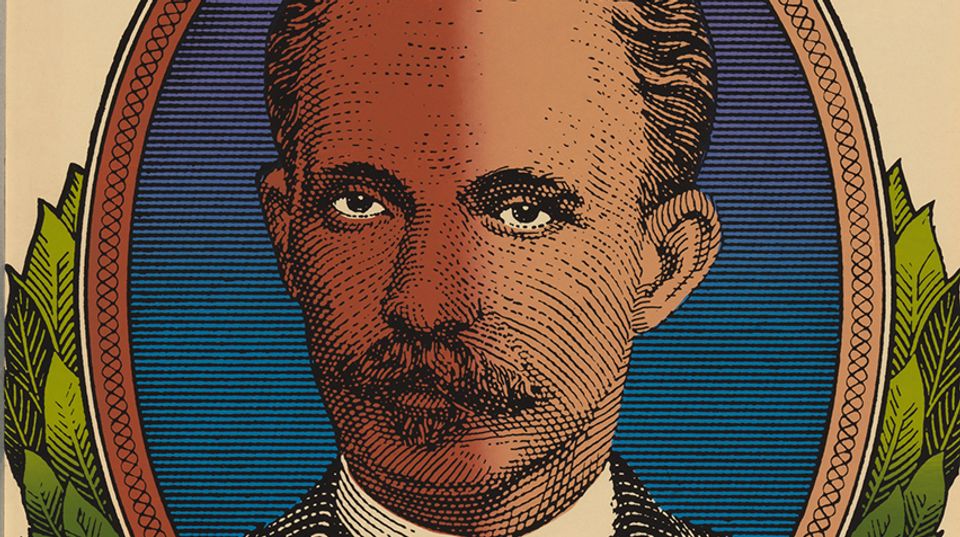

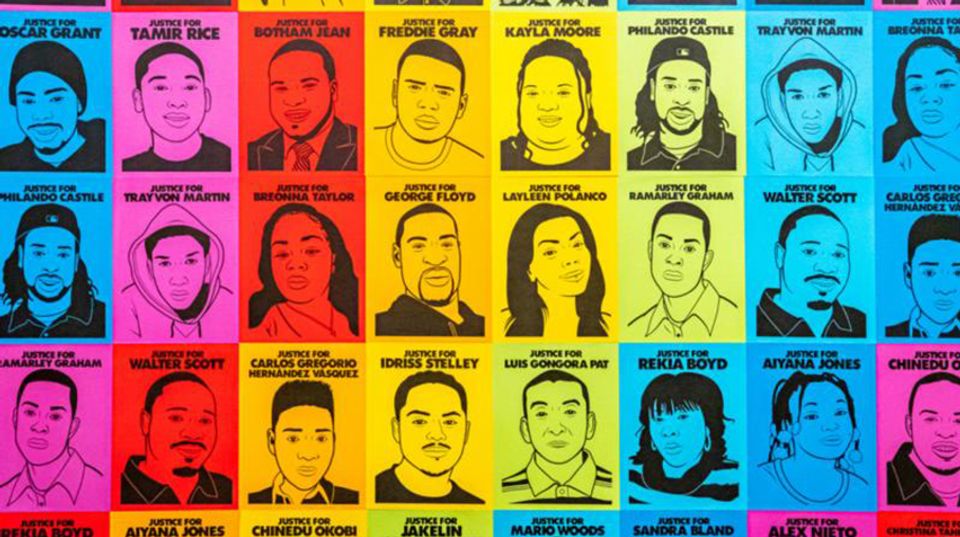

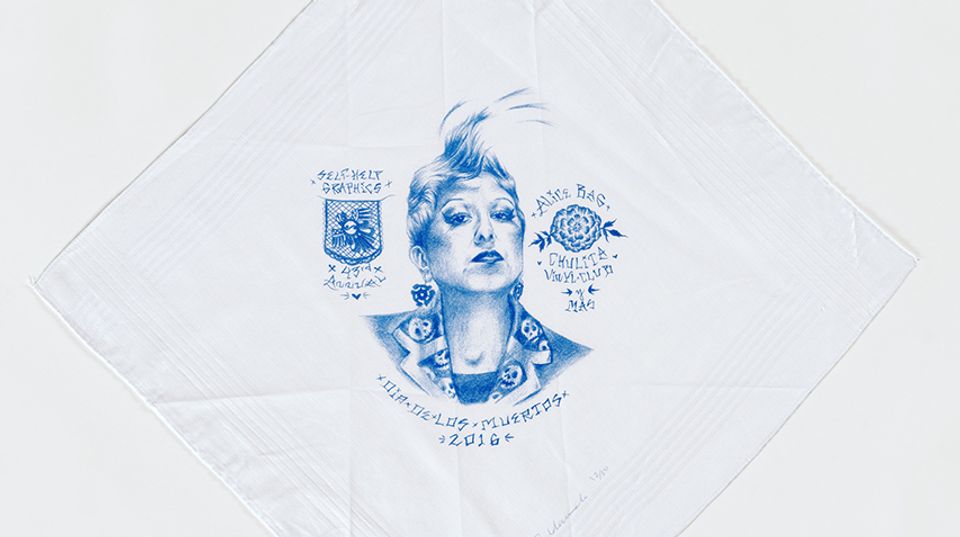



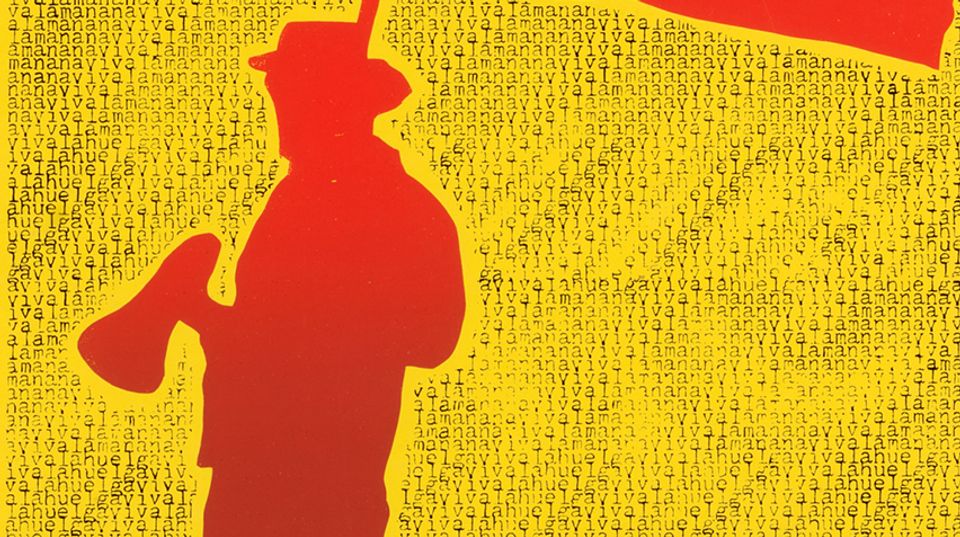

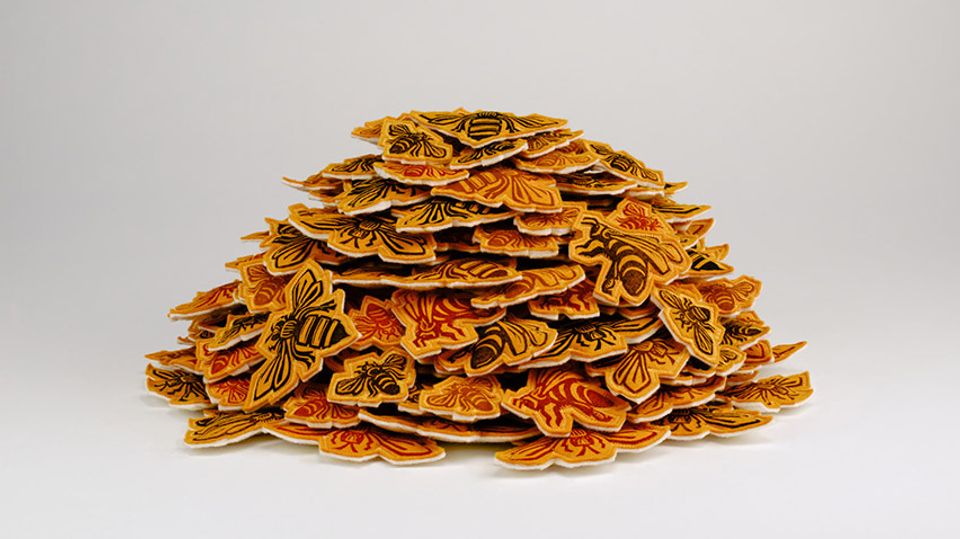

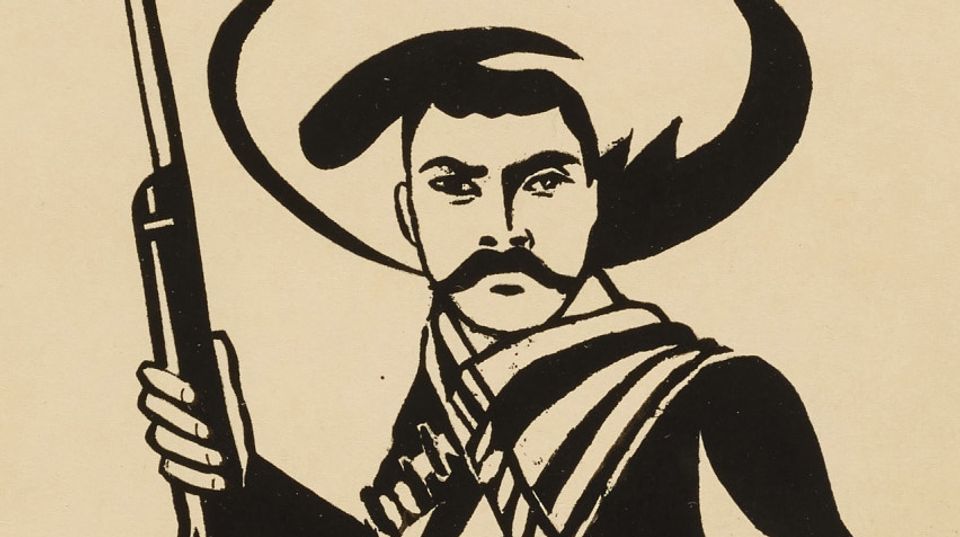

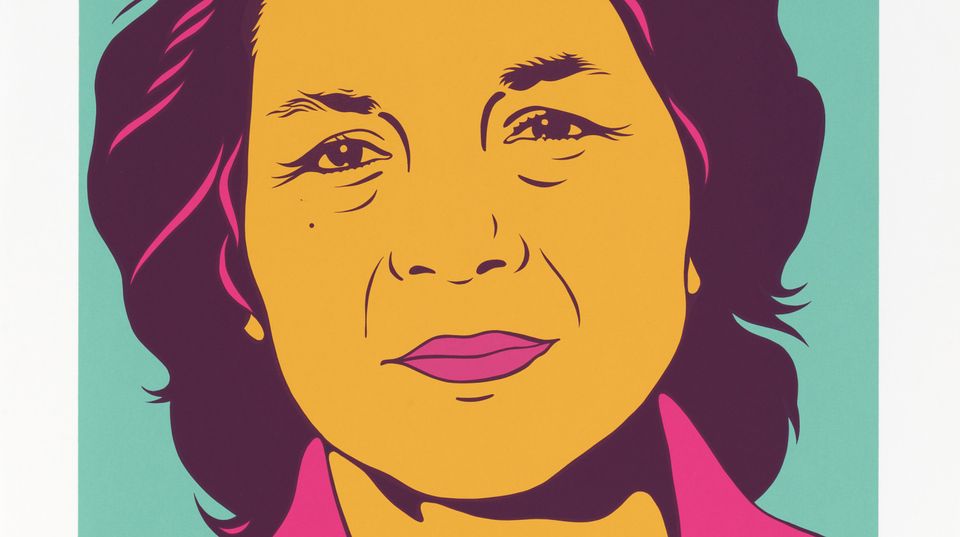

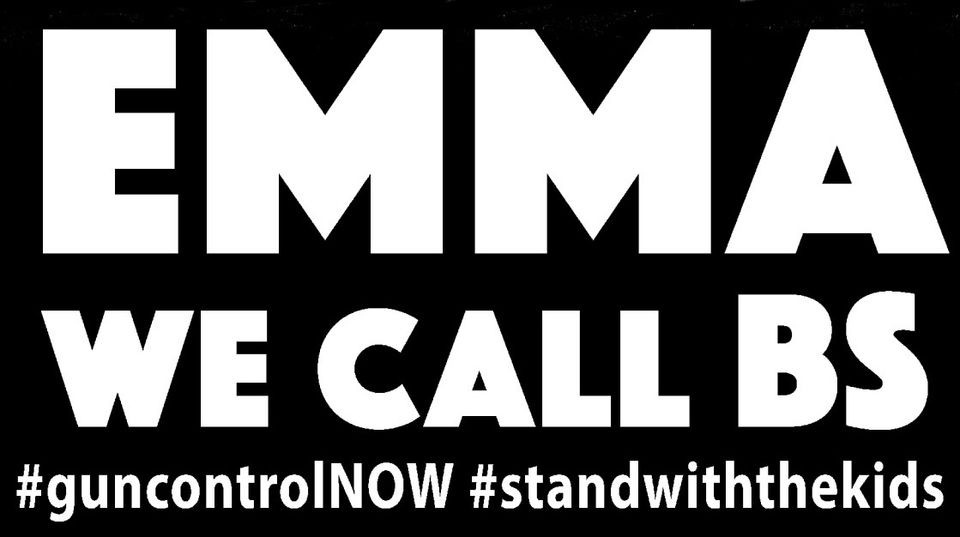

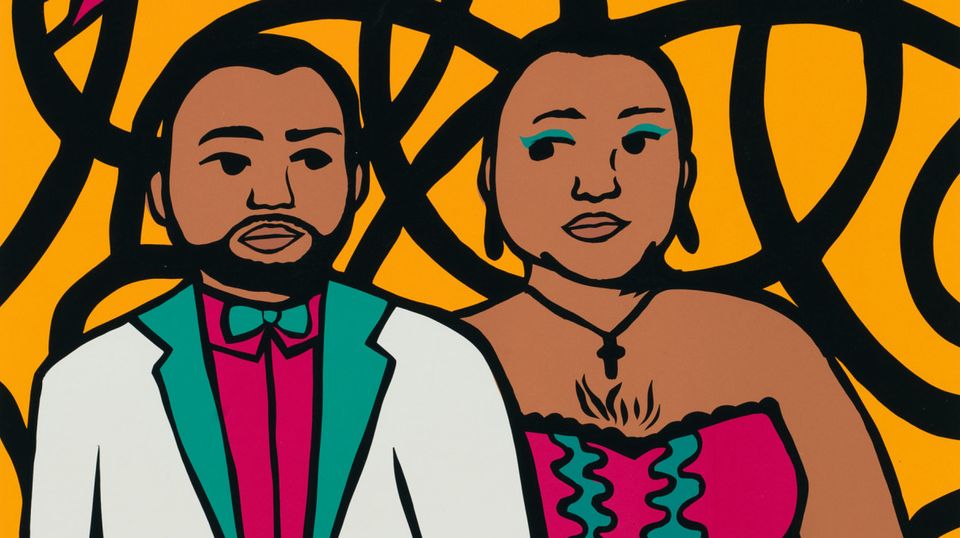

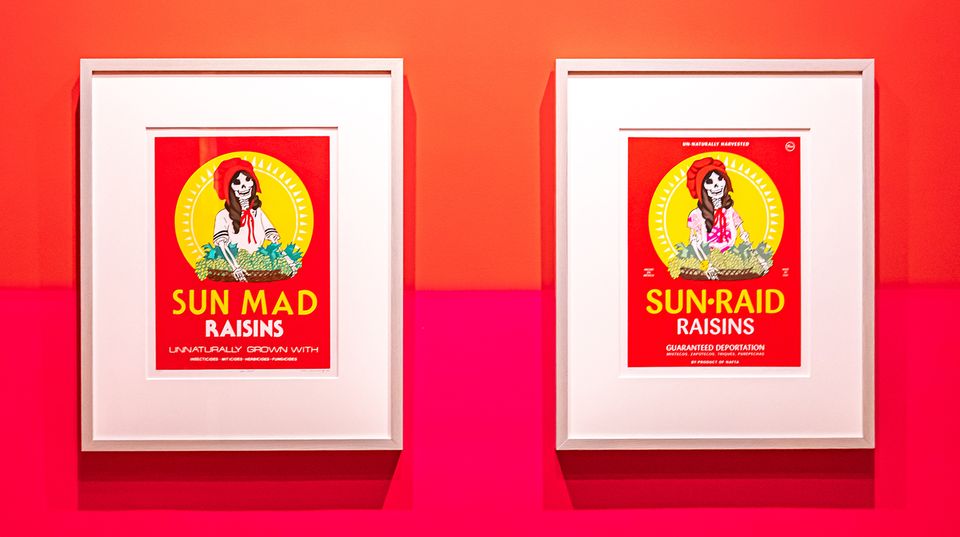

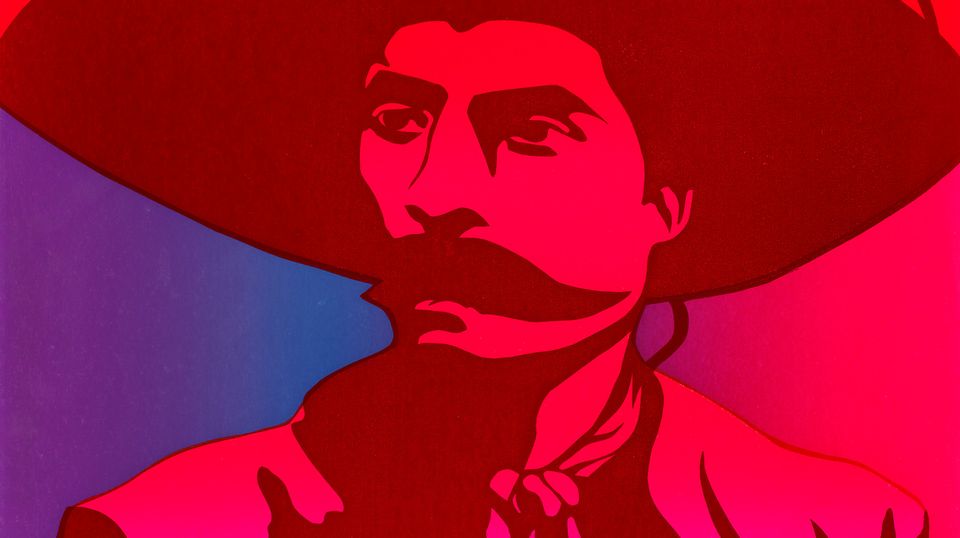

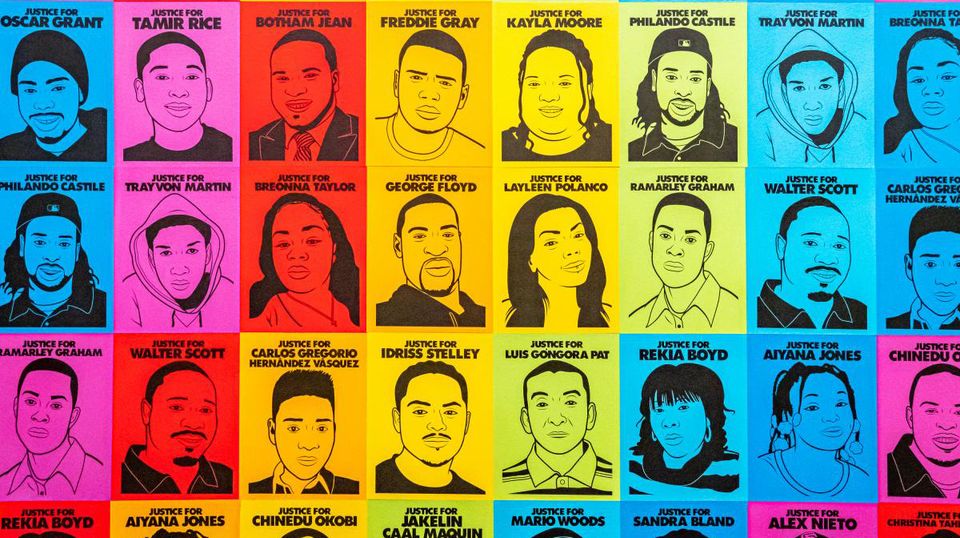





Changemakers Portraits
These portraits reveal how Chicanx artists and their collaborators highlight individuals past and present whose actions have shaped the course of history.
Shareable Graphics
These digital images are part of Chicanx artists shareable graphics practice where artworks are freely shared online.
Visual Connections
Look at works from ¡Printing the Revolution! alongside related images.
Online Gallery
Artists
Graphic artist, born in 1923 in Milwaukee, Wisconsin. Cortéz currently lives in Chicago, where he has been active with the Industrial Workers of the World (IWW) since the end of World War II.
Rupert García came from a family active in the creation and instruction of folk arts and traditions. After completing his service in the U.S. Air Force in Indochina, García attended the San Francisco School for the Arts on the G.I. Bill.
Born in Texas, lives in New Mexico. Sculptor, teacher whose large fiberglass figures capture the color and vigor of Hispanic-American women and men.
Charles Sullivan, ed American Beauties: Women in Art and Literature (New York: Henry N.
Painter and printmaker. While attending Texas Arts and Industry University (Texas A&I) in Kingsville, Lomas Garza joined the Chicano movement. In addition to earning a B.S.
Painter and sculptor, born in 1947 in Denver, Colorado. Martínez attended Metropolitan State College and Juarez Lincoln University in Denver.
Printmaker, born in 1943 in Richmond, California. Viramontes received a B.F.A. from San Francisco Art Institute and an M.A. from San Francisco State University.














